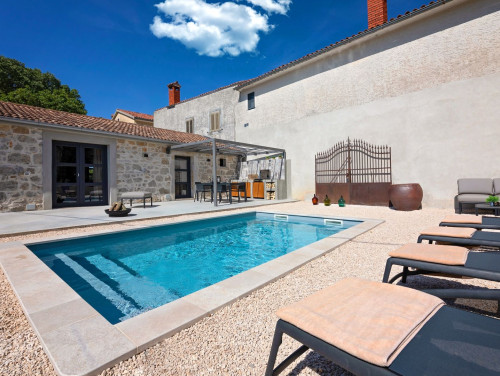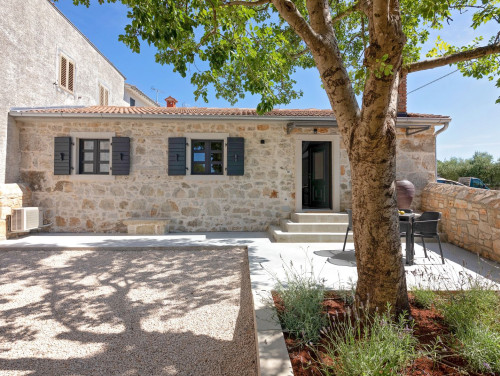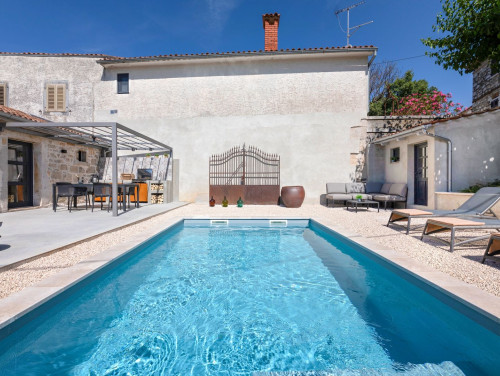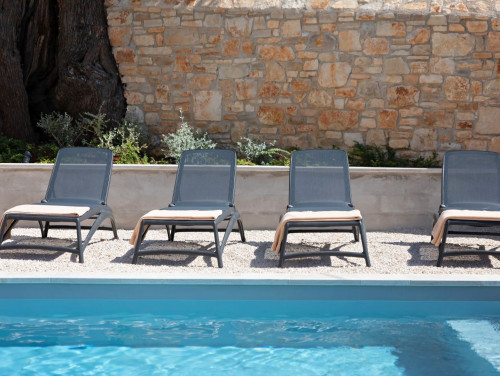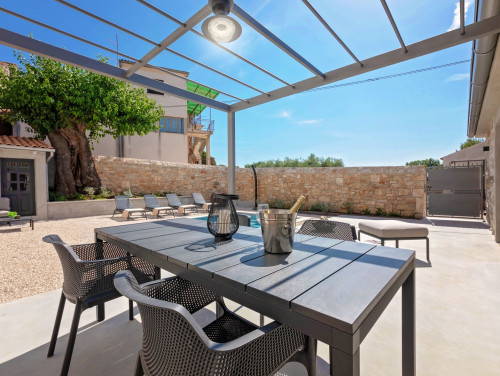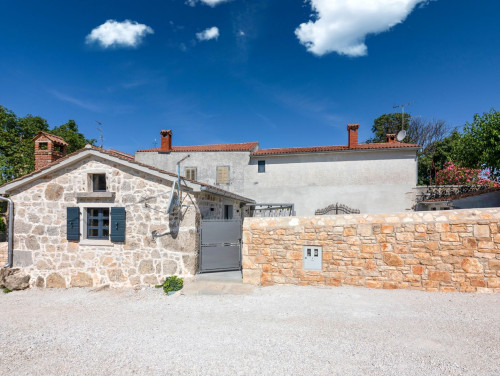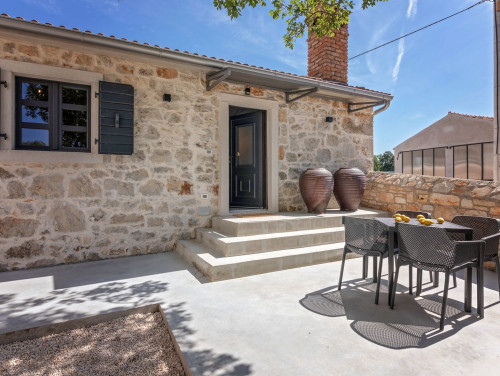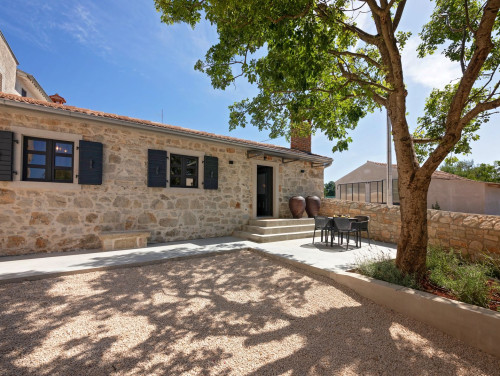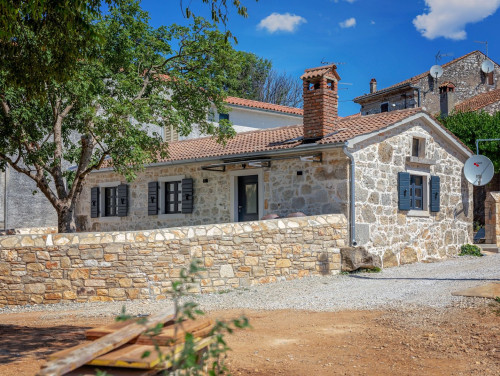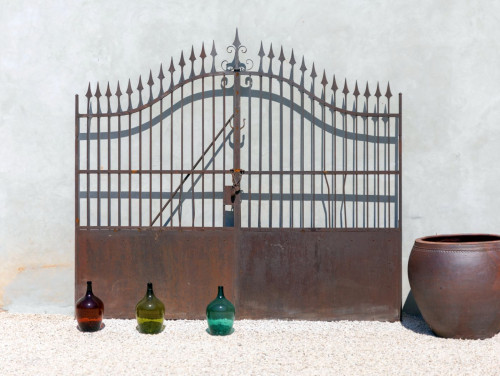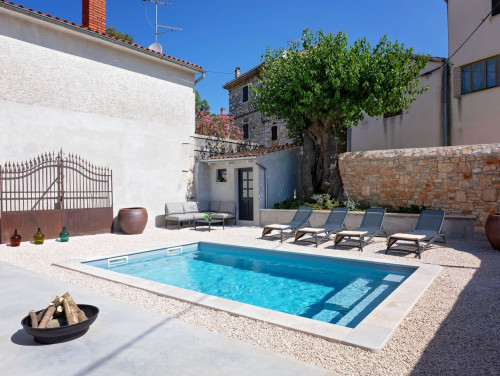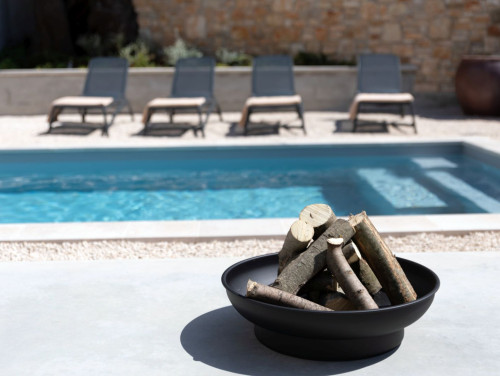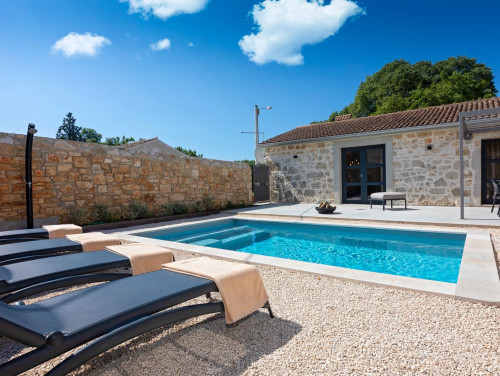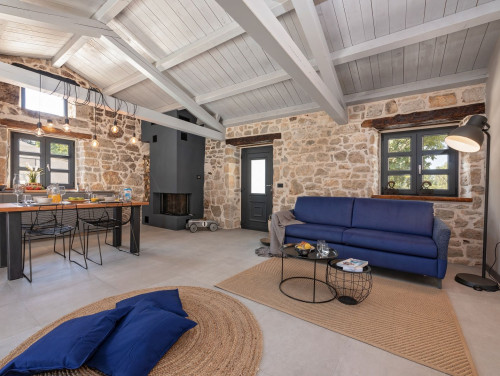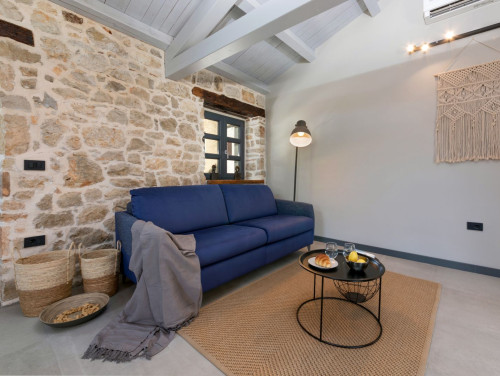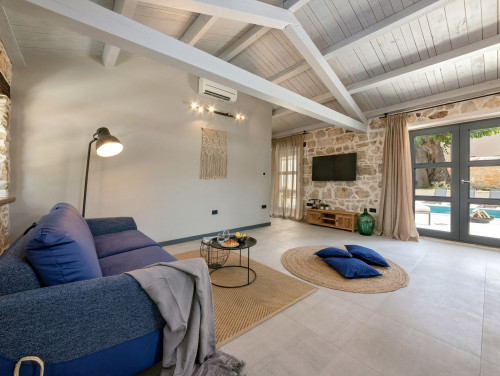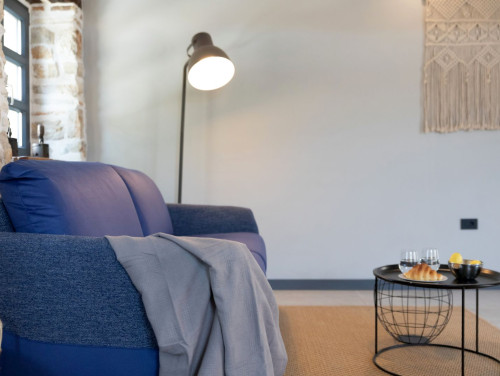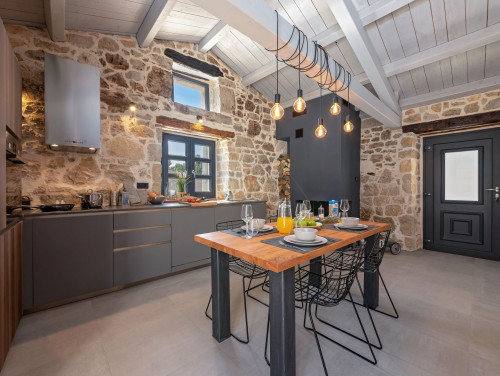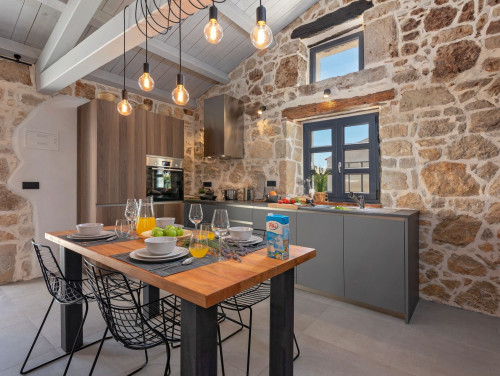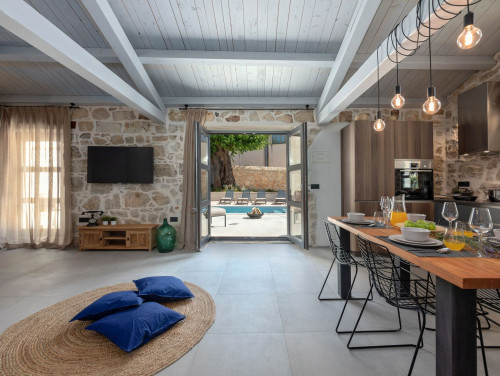Villas in Croatia
Croatia is a country in the southeastern part of Europe with a rich history and diverse culture spread across its over a thousand islands. Visitors can enjoy the stunning coastline, delicious local food ranging from meat and pasta delicacies to seafood specialties, wine and olive oil. Our villas are spread all across the country – explore our offer and find your perfect match.
Villas with pool in Croatia – explore our unique collection
Croatia is a European country located in the Mediterranean. Its coastline is entirely bordered by the Adriatic Sea. The country's shape is somewhat unique when you see it on a map and it resembles a flying bird or dragon (some would say even a horse shoe), which is rather uncommon and distinctive. The land covers the low-lying areas of Pannonia and the narrow Dinara mountain region, extending to the Adriatic Sea. It meets Slovenia to the west, Hungary to the north, and Serbia, Montenegro, and Bosnia and Herzegovina to the east. In between Croatia and Italy lies the Adriatic Sea. The economic, political, cultural, and academic centre of Croatia is in Zagreb, which is also the country’s capital.
Family villa in Istria or activity villa in Dalmatia – you are in the right place
The total area of Croatia amounts to 89,810 km2, with 56,610 km2 being land and 33,200 km2 covered by the sea. The Croatian coast is 5,835 km long and consists of 1.233 islands, islets, cliffs and rocks, as well as bays, basins and peninsulas. Interestingly enough, this is also said to be the deepest point of the Adriatic Sea – Dubrovački kotao at 1233 m. The intricate and diverse coastline is the main reason behind the country's nickname of 'The land of a thousand islands'.
Natural beauty and modern villas spread along the coast
Croatia, located in the centre of Europe, boasts a remarkable coastline. Many beautiful natural sights will keep you mesmerized during your entire stay - just as the numerous unique villas with heated pools where you can enjoy swimming outside summer months as well. A visit to Croatia during May and September is highly recommended anyway as the temperatures are still rather high and there are no crowds like in peak season months. Croatia has a wonderful shoreline along the Adriatic Sea, stunning national parks, UNESCO World Heritage sites and captivating nature parks and reserves. It is a popular destination for nature lovers and adventure seekers alike. Explore our diverse collection of activity villas in Istria, Kvarner and Dalmatia and enjoy an active vacation in Croatia with the whole family.
The country has no less than eight remarkable national parks that exhibit different aspects of the country's natural beauty. Plitvice Lakes National Park is renowned for its stunning waterfalls and picturesque lakes, which are joined by wooden walkways and should definitely be on your list of must-see sights in Croatia. Krka National Park is equally impressive, featuring unspoiled waterfalls, emerald pools, and a host of wildlife. Paklenica National Park provides challenging hiking routes, while Brijuni National Park is a group of islands with a diverse ecosystem and cultural riches.
Villas with seaview or unique retreats in Croatia
Croatia is home to many UNESCO World Heritage Sites, reflecting the country's unique cultural and natural heritage. Dubrovnik, known as the "Pearl of the Adriatic", is an ancient and very well-preserved city with impressive city walls and historic buildings, which served as the perfect filming location for the world-renowned Game of Thrones series. The Palace of Diocletian in Split is another UNESCO site that portrays the greatness of Ancient Rome.
Croatian villa vacation inmidst natural beauty
Apart from its impressive collection of national parks and UNESCO sites, Croatia offers a range of captivating nature parks. The Kopački Rit Nature Park sits in the east of the country and covers a huge wetland zone that's abundant with birds and exceptional plant life. The Lonjsko Polje Nature Park, on the other hand, offers scenes of old-fashioned farming. The charming village of Čigoč is famous for its storks.
The unspoilt islands of Croatia, such as the Mljet Island National Park, offer lush Mediterranean greenery, saltwater lakes and ancient Benedictine monasteries.
Whether you are looking for peace and quiet by a tranquil lake, the excitement of a challenging hike in the mountains or the wonder of exploring a historic town, Croatia's varied terrain offers something for every nature lover and adventurer to enjoy and discover.
Distinct regions with one thing in common – endless natural beauty
Often referred to as Terra Magica, or the land of magic, Istria is a stunning and varied region of Croatia located on the northwestern peninsula. The origin of the name suggests that when you visit Istria, you feel like you are in a fairy tale. It's almost as if magic has played a role in the creation of such beautiful landscapes.
Istria is the perfect blend of crystal clear Adriatic Sea and idyllic green hinterland. The charming villages in the countryside, often situated on hills, provide a wonderful experience as well as unforgettable views. Apart from the stunning nature and rich cultural history dating back to Roman times, you'll discover a diverse cuisine, many activities for an active holiday in Istria and more. We have selected lovely seaside villas in Istria for you to have a calm and peaceful vacation. You can choose from luxurious Istrian villas, rustic villas with traditional décor, or family villas in Istria where you can unwind with your kids. We offer all of this and more.
Full of natural beauty, fascinating culture and exciting attractions, Kvarner is a stunning region on the Adriatic Sea. It is nestled between the clear sea and majestic mountain ranges. Its diversity will leave you stunned and fascinated. Visitors can enjoy the region's mountains, forested islands, sandy coves and beaches and turquoise waters. Explore the unique collection of cosy villas with seaview in the Kvarner region and find your perfect match.
Dalmatia boasts a wide range of landscapes that will leave you wanting more. Its indented coastline with an endless choice of picture-perfect sandy or pebble beaches is the perfect choice for an unforgettable family vacation in Croatia. The combination of sharp cliffs, secluded coves, lovely coastlines and crystal clear blue sea make it the ideal option for nature lovers, adventurers and those simply want to truly relax. This picturesque region has everything you need for a summer holiday in Croatia- from ancient cities full of cultural heritage to charming islands and pristine, sunny beaches. If you are considering a holiday trip to Croatia, you simply can’t go wrong if you choose Dalmatia.
Continental Croatia is a great destination for everyone who just wants to enjoy beautiful nature and is looking for an active vacation in Croatia. Situated on the country's mainland, this region lies west of Dinara and Velebit mountains. Its natural beauty features vast plains, wooded hills and mountains, river valleys and secluded lakes. Croatia's mainland is rich in history and culture, with plenty of medieval and baroque castles, traditional events and local cuisine served at authentic rural estates.
Most popular destinations in Croatia
Poreč is a historical town sitting on the Istrian coastline, boasting well-preserved Roman architecture and the stunning Euphrasian Basilica with mosaics from the 5th century. After seeing its picturesque old town and beautiful beaches you will immediately understand why so many visitors keep coming back to Poreč year after year. Apart from that, Poreč also offers a wide selection of unique villas with pool – explore and find one with your name on it.
Rovinj is a charming coastal town with unique pastel-coloured houses surrounding a church atop a hill. Its cobbled streets and artistic community create a lovely atmosphere ideal for a relaxing walk. In Rovinj you will definitely be spoilt for choice when it comes to staying in a villa with a pool. But don’t worry, you simply can’t go wrong- they’re all beautiful.
If you think of a place where history meets modern life, Pula is the first things that pops into your mind. It boasts a well-preserved Roman amphitheater – the Pula Arena. This vibrant coastal town appeals to history enthusiasts and sun-seekers alike. While you are exploring the heritage of the Roman empire check our offer of rustic villas in Istria and get transformed back into past times.
Opatija is a well-known seaside resort known for its Belle Époque buildings and scenic gardens. For more than a century, its mild climate and focus on wellness have been a magnet for people seeking relaxation and rejuvenation.
Krk, Cres and Lošinj (Kvarner Bay)
One more beautiful than the other, these islands have different landscapes. Krk features a rocky coastline and historical towns, Cres pristine nature, and Lošinj is more about rich, fragrant gardens. They are excellent for exploring secluded beauty spots though.
If you decide to visit Šibenik, you’ll have the opportunity to explore the St. James Cathedral, a magnificent example of Renaissance architecture, listed on UNESCO's World Heritage List. The historical city centre and its proximity to Krka National Park make it an ideal base for exploring Dalmatia.
Zadar is a city of ancient wonders as well as contemporary art installations. Its Roman Forum and old town are full of heritage and culture, and the Sea Organ and Sun Salutation are sights you should definitely not miss if you find yourself in the area.
Split is a lively city centred on the ancient palace of Roman Emperor Diocletian. This living landmark is full of shops, bustling restaurants with tasty seafood specialties and historic sites. Nearby islands, such as Brač and Hvar, provide unspoiled beaches and a nightlife you will want to tell everyone about.
Dubrovnik, commonly known as the "Pearl of the Adriatic," features impressive medieval walls, preserved historic buildings and magnificent sea views. Its remarkable past and exciting present make it a must-see destination.
Brač, Hvar, and Korčula (Dalmatia)
Famous for their natural beauty, clear waters, and charming old towns, these Adriatic islands are each special in their own way. Brač is the home of the famous Zlatni Rat beach (you must have seen it on a picture somewhere), Hvar is known for its lavender fields and luxurious nightlife, and Korčula is steeped in history and folklore.
Villas per region in Croatia
Browse most popular villas per region
Villas per interest in Croatia
Browse most popular villas by theme
Our TOP 10 picks for Croatia
Villas that really stand out
- 8 Persons
- 4 Bedrooms
- 5 Bathrooms
- Outdoor pool 50 m2
- Villa 270m2
- Pets not allowed
From: 1.750 € per week
Inquiry for Villa Amoroso
- 12 Persons
- 5 Bedrooms
- 5 Bathrooms
- Outdoor pool 26 m2
- Villa 350m2
- Pets not allowed
From: 2.905 € per week
Inquiry for Villa Kata
- 8 Persons
- 4 Bedrooms
- 4 Bathrooms
- Outdoor pool 60 m2
- Villa 234m2
- Pets not allowed
From: 1.690 € per week
Inquiry for Villa Jurasi
- 10 Persons
- 5 Bedrooms
- 6 Bathrooms
- Outdoor pool 40 m2
- Villa 300m2
- Pets allowed
From: 2.400 € per week
Inquiry for Villa Covri
- 8 Persons
- 3 Bedrooms
- 3 Bathrooms
- Outdoor pool 33 m2
- Villa 137m2
- Pets not allowed
From: 1.750 € per week
Inquiry for Villa Palmeta
- 8 Persons
- 4 Bedrooms
- 4 Bathrooms
- Outdoor pool 38 m2
- Villa 215m2
- Pets not allowed
From: 1.990 € per week
Inquiry for Villa Ava
- 8 Persons
- 4 Bedrooms
- 3 Bathrooms
- Outdoor pool 23 m2
- Villa 170m2
- Pets allowed
From: 1.190 € per week
Inquiry for Villa Simone
- 6 Persons
- 3 Bedrooms
- 3 Bathrooms
- Outdoor pool 42 m2
- Villa 150m2
- Pets not allowed
From: 1.983 € per week
Inquiry for Villa No.18
- 10 Persons
- 5 Bedrooms
- 6 Bathrooms
- Outdoor pool 36 m2
- Villa 360m2
- Pets not allowed
From: 2.590 € per week
Inquiry for Villa Melon
- 4 Persons
- 1 Bedrooms
- 1 Bathrooms
- Outdoor pool 17 m2
- Villa 60m2
- Pets allowed
From: 1.099 € per week
Inquiry for Villa Dvori
Croatia is a country in the southeastern part of Europe with a rich history and diverse culture spread across its over a thousand islands. Visitors can enjoy the stunning coastline, delicious local food ranging from meat and pasta delicacies to seafood specialties, wine and olive oil. Our villas are spread all across the country – explore our offer and find your perfect match.
Villas with pool in Croatia – explore our unique collection
Croatia is a European country located in the Mediterranean. Its coastline is entirely bordered by the Adriatic Sea. The country's shape is somewhat unique when you see it on a map and it resembles a flying bird or dragon (some would say even a horse shoe), which is rather uncommon and distinctive. The land covers the low-lying areas of Pannonia and the narrow Dinara mountain region, extending to the Adriatic Sea. It meets Slovenia to the west, Hungary to the north, and Serbia, Montenegro, and Bosnia and Herzegovina to the east. In between Croatia and Italy lies the Adriatic Sea. The economic, political, cultural, and academic centre of Croatia is in Zagreb, which is also the country’s capital.
Family villa in Istria or activity villa in Dalmatia – you are in the right place
The total area of Croatia amounts to 89,810 km2, with 56,610 km2 being land and 33,200 km2 covered by the sea. The Croatian coast is 5,835 km long and consists of 1.233 islands, islets, cliffs and rocks, as well as bays, basins and peninsulas. Interestingly enough, this is also said to be the deepest point of the Adriatic Sea – Dubrovački kotao at 1233 m. The intricate and diverse coastline is the main reason behind the country's nickname of 'The land of a thousand islands'.
Natural beauty and modern villas spread along the coast
Croatia, located in the centre of Europe, boasts a remarkable coastline. Many beautiful natural sights will keep you mesmerized during your entire stay - just as the numerous unique villas with heated pools where you can enjoy swimming outside summer months as well. A visit to Croatia during May and September is highly recommended anyway as the temperatures are still rather high and there are no crowds like in peak season months. Croatia has a wonderful shoreline along the Adriatic Sea, stunning national parks, UNESCO World Heritage sites and captivating nature parks and reserves. It is a popular destination for nature lovers and adventure seekers alike. Explore our diverse collection of activity villas in Istria, Kvarner and Dalmatia and enjoy an active vacation in Croatia with the whole family.
The country has no less than eight remarkable national parks that exhibit different aspects of the country's natural beauty. Plitvice Lakes National Park is renowned for its stunning waterfalls and picturesque lakes, which are joined by wooden walkways and should definitely be on your list of must-see sights in Croatia. Krka National Park is equally impressive, featuring unspoiled waterfalls, emerald pools, and a host of wildlife. Paklenica National Park provides challenging hiking routes, while Brijuni National Park is a group of islands with a diverse ecosystem and cultural riches.
Villas with seaview or unique retreats in Croatia
Croatia is home to many UNESCO World Heritage Sites, reflecting the country's unique cultural and natural heritage. Dubrovnik, known as the "Pearl of the Adriatic", is an ancient and very well-preserved city with impressive city walls and historic buildings, which served as the perfect filming location for the world-renowned Game of Thrones series. The Palace of Diocletian in Split is another UNESCO site that portrays the greatness of Ancient Rome.
Croatian villa vacation inmidst natural beauty
Apart from its impressive collection of national parks and UNESCO sites, Croatia offers a range of captivating nature parks. The Kopački Rit Nature Park sits in the east of the country and covers a huge wetland zone that's abundant with birds and exceptional plant life. The Lonjsko Polje Nature Park, on the other hand, offers scenes of old-fashioned farming. The charming village of Čigoč is famous for its storks.
The unspoilt islands of Croatia, such as the Mljet Island National Park, offer lush Mediterranean greenery, saltwater lakes and ancient Benedictine monasteries.
Whether you are looking for peace and quiet by a tranquil lake, the excitement of a challenging hike in the mountains or the wonder of exploring a historic town, Croatia's varied terrain offers something for every nature lover and adventurer to enjoy and discover.
Distinct regions with one thing in common – endless natural beauty
Often referred to as Terra Magica, or the land of magic, Istria is a stunning and varied region of Croatia located on the northwestern peninsula. The origin of the name suggests that when you visit Istria, you feel like you are in a fairy tale. It's almost as if magic has played a role in the creation of such beautiful landscapes.
Istria is the perfect blend of crystal clear Adriatic Sea and idyllic green hinterland. The charming villages in the countryside, often situated on hills, provide a wonderful experience as well as unforgettable views. Apart from the stunning nature and rich cultural history dating back to Roman times, you'll discover a diverse cuisine, many activities for an active holiday in Istria and more. We have selected lovely seaside villas in Istria for you to have a calm and peaceful vacation. You can choose from luxurious Istrian villas, rustic villas with traditional décor, or family villas in Istria where you can unwind with your kids. We offer all of this and more.
Full of natural beauty, fascinating culture and exciting attractions, Kvarner is a stunning region on the Adriatic Sea. It is nestled between the clear sea and majestic mountain ranges. Its diversity will leave you stunned and fascinated. Visitors can enjoy the region's mountains, forested islands, sandy coves and beaches and turquoise waters. Explore the unique collection of cosy villas with seaview in the Kvarner region and find your perfect match.
Dalmatia boasts a wide range of landscapes that will leave you wanting more. Its indented coastline with an endless choice of picture-perfect sandy or pebble beaches is the perfect choice for an unforgettable family vacation in Croatia. The combination of sharp cliffs, secluded coves, lovely coastlines and crystal clear blue sea make it the ideal option for nature lovers, adventurers and those simply want to truly relax. This picturesque region has everything you need for a summer holiday in Croatia- from ancient cities full of cultural heritage to charming islands and pristine, sunny beaches. If you are considering a holiday trip to Croatia, you simply can’t go wrong if you choose Dalmatia.
Continental Croatia is a great destination for everyone who just wants to enjoy beautiful nature and is looking for an active vacation in Croatia. Situated on the country's mainland, this region lies west of Dinara and Velebit mountains. Its natural beauty features vast plains, wooded hills and mountains, river valleys and secluded lakes. Croatia's mainland is rich in history and culture, with plenty of medieval and baroque castles, traditional events and local cuisine served at authentic rural estates.
Most popular destinations in Croatia
Poreč is a historical town sitting on the Istrian coastline, boasting well-preserved Roman architecture and the stunning Euphrasian Basilica with mosaics from the 5th century. After seeing its picturesque old town and beautiful beaches you will immediately understand why so many visitors keep coming back to Poreč year after year. Apart from that, Poreč also offers a wide selection of unique villas with pool – explore and find one with your name on it.
Rovinj is a charming coastal town with unique pastel-coloured houses surrounding a church atop a hill. Its cobbled streets and artistic community create a lovely atmosphere ideal for a relaxing walk. In Rovinj you will definitely be spoilt for choice when it comes to staying in a villa with a pool. But don’t worry, you simply can’t go wrong- they’re all beautiful.
If you think of a place where history meets modern life, Pula is the first things that pops into your mind. It boasts a well-preserved Roman amphitheater – the Pula Arena. This vibrant coastal town appeals to history enthusiasts and sun-seekers alike. While you are exploring the heritage of the Roman empire check our offer of rustic villas in Istria and get transformed back into past times.
Opatija is a well-known seaside resort known for its Belle Époque buildings and scenic gardens. For more than a century, its mild climate and focus on wellness have been a magnet for people seeking relaxation and rejuvenation.
Krk, Cres and Lošinj (Kvarner Bay)
One more beautiful than the other, these islands have different landscapes. Krk features a rocky coastline and historical towns, Cres pristine nature, and Lošinj is more about rich, fragrant gardens. They are excellent for exploring secluded beauty spots though.
If you decide to visit Šibenik, you’ll have the opportunity to explore the St. James Cathedral, a magnificent example of Renaissance architecture, listed on UNESCO's World Heritage List. The historical city centre and its proximity to Krka National Park make it an ideal base for exploring Dalmatia.
Zadar is a city of ancient wonders as well as contemporary art installations. Its Roman Forum and old town are full of heritage and culture, and the Sea Organ and Sun Salutation are sights you should definitely not miss if you find yourself in the area.
Split is a lively city centred on the ancient palace of Roman Emperor Diocletian. This living landmark is full of shops, bustling restaurants with tasty seafood specialties and historic sites. Nearby islands, such as Brač and Hvar, provide unspoiled beaches and a nightlife you will want to tell everyone about.
Dubrovnik, commonly known as the "Pearl of the Adriatic," features impressive medieval walls, preserved historic buildings and magnificent sea views. Its remarkable past and exciting present make it a must-see destination.
Brač, Hvar, and Korčula (Dalmatia)
Famous for their natural beauty, clear waters, and charming old towns, these Adriatic islands are each special in their own way. Brač is the home of the famous Zlatni Rat beach (you must have seen it on a picture somewhere), Hvar is known for its lavender fields and luxurious nightlife, and Korčula is steeped in history and folklore.
Frequently asked questions
Where is Croatia located and how can I reach it the easiest?
Croatia is located in southeastern Europe with its western part stretching along the Adriatic Sea. It has a beautiful long coastline and is know as being a country of 1000 islands. You can reach Croatia in many different ways as it is easily accessible via main highway corridors from Germany, Austria, Italy and Slovenia. It is generally considered to be a drive-in destination as many visitors choose to travel to Croatia by car, but it can also be reached via ariplane, train or bus, The main airports are located in major cities in each region and include Pula, Rijeka, Zagreb, Zadar, Split and Dubrovnik.
Can I use euros to pay in Croatia?
As of January 1st 2023 Croatia is officialy a part of the Eurozone, which means that the official currency in Croatia is the Euro. Kuna is no longer accepted for payment, but if you still have larger amounts of kuna lying around there are some banks where you still might be able to exchange them so it might be worth checking out.
Do I need a passport/personal documents to enter Croatia?
On the same day Croatia officially entered the Eurozone, it also became a member of the Schengen Area. This means that EU citizens are no longer required passports or personal documents to enter the country and there are no more controls along Croatia's borders with the EU. However, you are still required to carry valid personal documents for identification purposes as well as registration purposes during your stay in Croatia.
What is the best time to visit Croatia?
The best time to visit Croatia will very much depend on what you want to do and see. If you want to enjoy the beaches and the islands, the summer months (June to August) are the best, but also the busiest and most expensive. If you want to avoid the crowds and enjoy milder weather, spring (April to May) and autumn (September to October) are good options. If you want to explore the inland regions and the cities, winter (November to March) can be pleasant and cheaper, but some attractions may be closed or have shorter opening hours.
How do I pay for tolls in Croatia?
You can pay for tolls in Croatia by cash (euro), credit or debit card, or electronic toll collection device (ENC) when exiting the highway at the desired station. The toll rates depend on the type of vehicle and the distance traveled. The prices can be checked on the official website of Hrvatske autoceste here: https://www.hac.hr/en/toll/toll-rates.
Is the tap water in Croatia safe for drinking?
Yes, tap water is generally safe to drink in Croatia and the water is of good quality. Some exception may include some very remote areas or islands where it is not advised to drink tap water. In these cases it is best to buy bottled water at the supermarket.
What is the price of fuel in Croatia and is it the same everywhere?
The price of fuel varies on a biweekly basis and is generally lower than most European countries. The latest prices can be checked on the website of the Croatian Automobile Association here: https://www.hak.hr/info/cijene-goriva/. Also, bear in mind that the prices are not the same in all locations. Prices are usually higher on highways than in rural areas. We advise to fill up your tank before you get going to avoid paying higher prices without a need. At the gas station you should also pay attention whether you have picked a premium version of the fuel or regular fuel as the prices of fuel versions will also vary considerably.
What are the maximum allowed speed on roads across Croatia?
The maximum allowed speed on roads across Croatia depends on the type of road and the weather conditions. The general speed limits are: 50 km/h in urban areas 90 km/h on open roads 110 km/h on expressways 130 km/h on motorways However, these limits may be reduced by traffic signs or in case of rain, fog, snow, or ice. Pay attention to the signs and generally adjust your speed according to the road and weather conditions.
What do I need if I travel to Croatia with a dog?
If you are traveling to Croatia with your dog, you need to have a valid pet passport or a veterinary certificate that proves that your dog is microchipped, vaccinated against rabies, and free from any infectious diseases. You also need to follow the rules for transporting animals across borders, which may vary depending on your country of origin and destination. You can find more information here: https://europa.eu/youreurope/citizens/travel/carry/animal-plant/index_en.htm.
Is the sea in Croatia clean? Are there any jellyfish/sharks?
The sea in Croatia is very clean and has excellent water quality. Along the coast of the Adriatic Sea it is very safe to enjoy swimming, diving or water sports. In fact, there are many beaches that are awarded with a Blue Flag due to high environmental standards they are meeting. During sommer months it is not unusual to spot some jellyfish in the sea, but they are generally considered to be harmless. As for sharks, there are some types of sharks in the Adriatic Sea, but they are not harmful for people and generally do not come close to the shore.
What are the most popular destinations in Croatia?
There are many popular destinations in Croatia, most of which are located along the western coast of the country and along the Adriatic Sea. These include cities like Pula, Poreč, Rovinj in Istria, Opatija, the island of Krk, Cres, Lošinj or Pag in the Kvarner region and Split, Zadar, Šibenik or Dubrovnik in Dalmatia. The capital of Zagreb, which is located in the inner part of Croatia is also worth mentioning and definitely worth a visit. Croatia has many sights that are part of UNESCO's list of cultural heritage, national and nature parks. The most famous include Plitvice Lakes, Krka National Park and the Kornati Islands.
Are there sandy beaches in Croatia and where are they located?
While Croatia is known for its stunning coastline, most of its beaches are pebble or rocky, but there are indeed some sandy beaches you can enjoy. Here are a few locations where you can find sandy beaches in Croatia: Nin: Nin is a town located on the northern part of the Dalmatian coast. It's famous for its long sandy beach called ""Queen's Beach"" (Kraljičina plaža). The shallow waters here make it ideal for families with children. Lopar, Rab Island: Lopar, on the island of Rab, is known for its sandy beaches, the most famous being ""Paradise Beach"" (Rajska plaža). It's a popular destination for beach lovers. Brela, Makarska Riviera: Brela is a beautiful coastal town on the Makarska Riviera. While most of the coastline in this area is rocky, Brela boasts a lovely sandy beach known as ""Punta Rata."" Šunj Beach, Lopud Island: Lopud is one of the Elafiti Islands, and it's home to Šunj Beach, a sandy paradise with shallow waters, perfect for swimming and relaxation. Sakarun Beach, Dugi Otok: Located on Dugi Otok, part of the Zadar Archipelago, Sakarun Beach is known for its fine white sand and crystal-clear waters. Lovrecina Bay, Brac Island: This bay on Brac Island features a sandy beach with archaeological sites nearby, making it a unique spot to explore. While these are some of the notable sandy beaches in Croatia, it's essential to remember that the majority of the country's coastline consists of pebble or rocky beaches, which also offer their own unique charm and beauty. Depending on your preferences, you can explore both sandy and pebble beaches during your visit to Croatia.
Where are the airports in Croatia located?
Croatia has several international airports located throughout the country, making it convenient for travelers to reach various regions. Here are the major airports in Croatia: Zagreb Airport (Franjo Tuđman Airport - ZAG): Located in the capital city of Zagreb in the northern part of the country, this is Croatia's largest and busiest airport. It serves as the primary gateway to the country. Split Airport (Resnik Airport - SPU): Situated on the central Dalmatian coast, near the city of Split, this airport is a key entry point for travelers visiting the Dalmatian region and the nearby islands. Dubrovnik Airport (Čilipi Airport - DBV): Located in the southernmost part of Croatia, near the city of Dubrovnik, this airport is essential for tourists exploring the beautiful Dubrovnik Riviera and the historic city of Dubrovnik itself. Zadar Airport (Zemunik Airport - ZAD): Positioned in the Zadar region, on the northern Dalmatian coast, this airport is convenient for travelers exploring northern Dalmatia, the Kornati Islands, and nearby national parks. Pula Airport (Istria Airport - PUY): Located on the Istrian Peninsula in the northwest of Croatia, Pula Airport serves travelers visiting the Istria region, known for its picturesque coastal towns. Rijeka Airport (Krk Airport - RJK): Situated on the island of Krk, this airport serves the northern Adriatic region, including the Kvarner Bay and nearby coastal destinations. Osijek Airport (OSI): Found in the eastern part of Croatia, near the city of Osijek, this airport serves the Slavonia region and provides connections to other European cities. These airports offer a variety of domestic and international flights, making it relatively easy to access different parts of Croatia depending on your travel plans.
What languages are spoken in Croatia?
In the areas of Croatia visited by tourists, which is generally the western coast of the country people speak many different languages, but the most common languages include English, German and Italian.
What are some important phone numbers in Croatia?
When traveling in Croatia, it's essential to know some important phone numbers in case of emergencies or other assistance. Here are the most important phone numbers to remember: Emergency Services: 112: The universal emergency number in Croatia for police, fire, medical emergencies, and rescue services. You can dial 112 from any phone, including mobile phones, to reach emergency services. Police: 192: To contact the police for non-emergencies or to report a crime. Ambulance: 194: To request medical assistance or an ambulance in case of a medical emergency. Fire Department: 193: To report a fire or request assistance from the fire department. Roadside Assistance: 1987: For assistance with vehicle breakdowns or emergencies while on the road. Search and Rescue at Sea: 195: If you are in distress at sea or require maritime rescue services. Mountain Rescue: 112: For mountain rescue services in mountainous regions.
Is Croatia a safe country?
Croatia is one of the safest tourist countries you can visit. The crime rate in Croatia is very low. In tourist areas with larger crowds there are ocassional pickpockets so this might be something worth taking into account and take some precautions against them. Other than that you can feel very safe in Croatia.
Are shops open on Sundays in Croatia?
As of August 2023 Croatia has introduced a new law which allows shops to stay open only during 16 Sundays during the year. In tourist areas this will usually be during the sommer months so you should be able to find many stores open on Sunday. Depending on where you are staying shops may also be closed or very crowded on a Sunday. Check the store opening hours before and make sure it is open before you get going and if possible, try to do your shopping on other days during the week to avoid larger crowds.
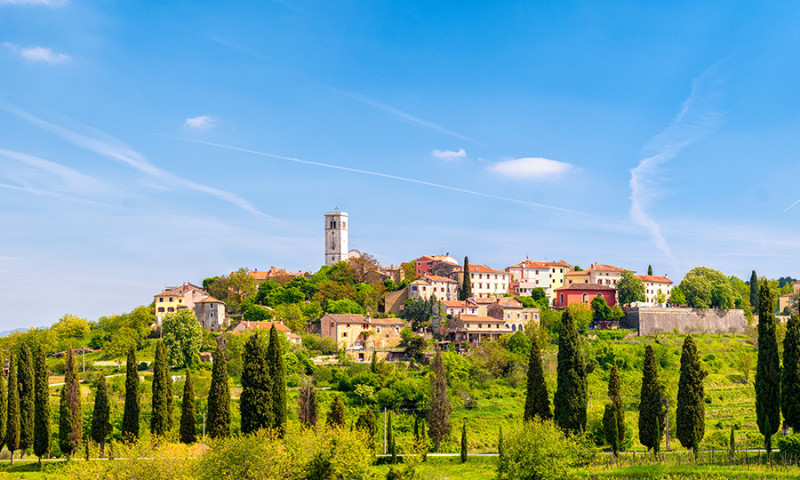
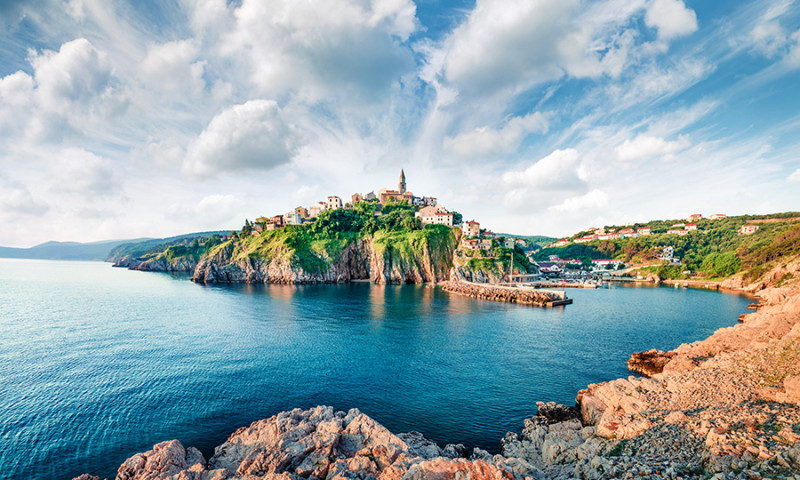
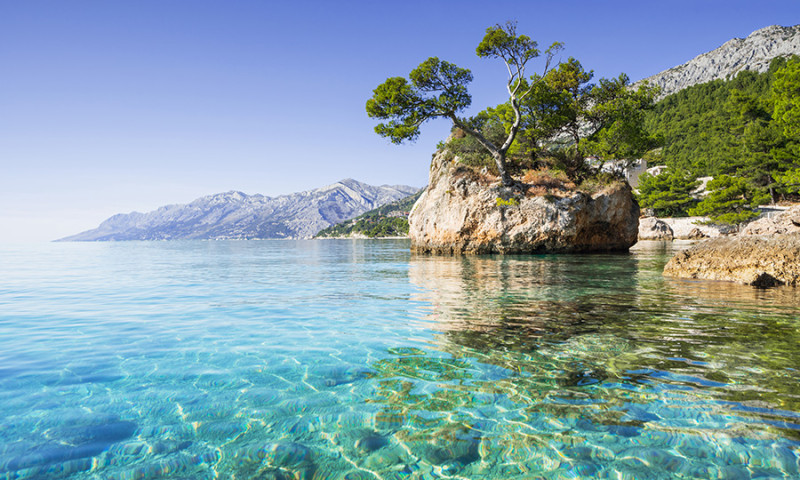
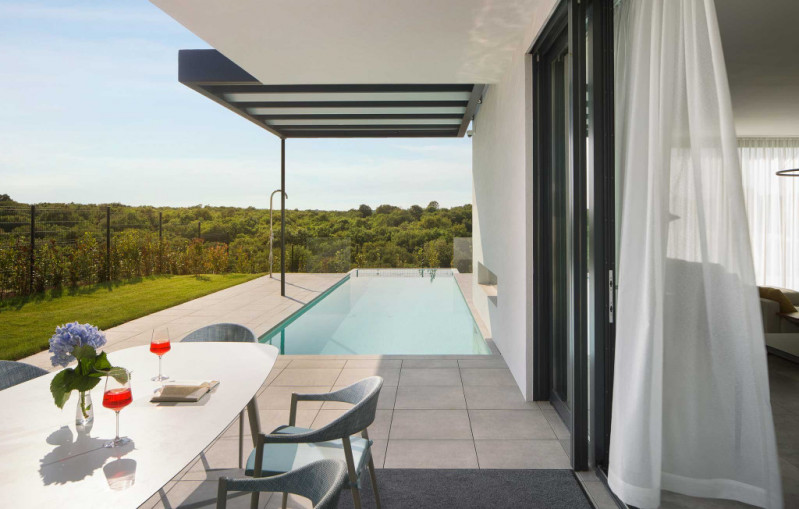



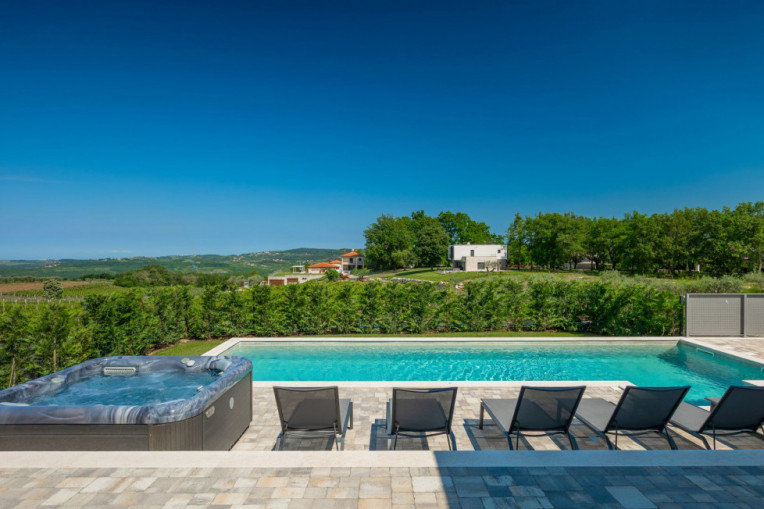
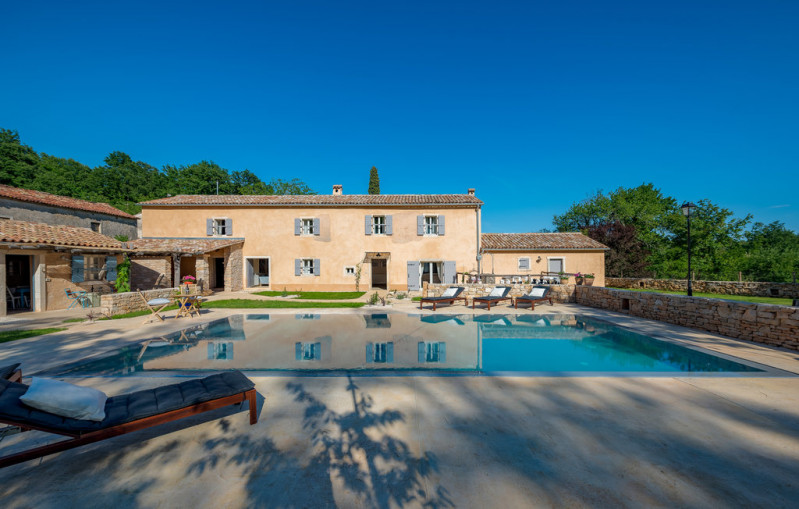

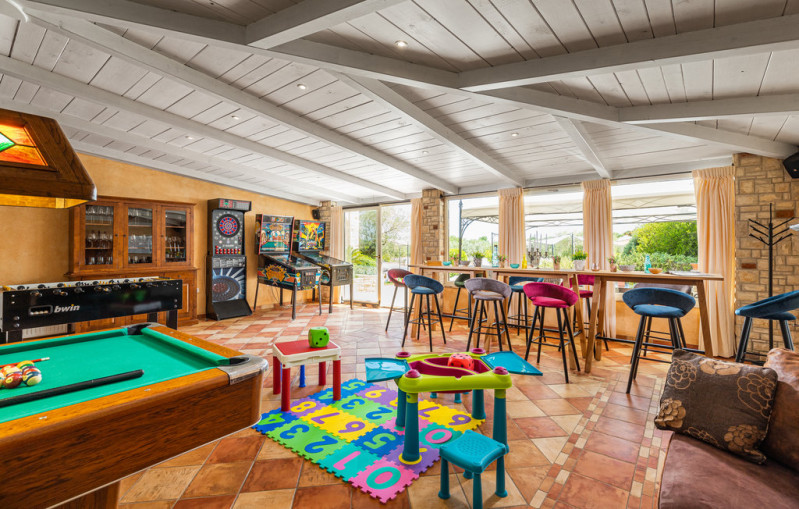
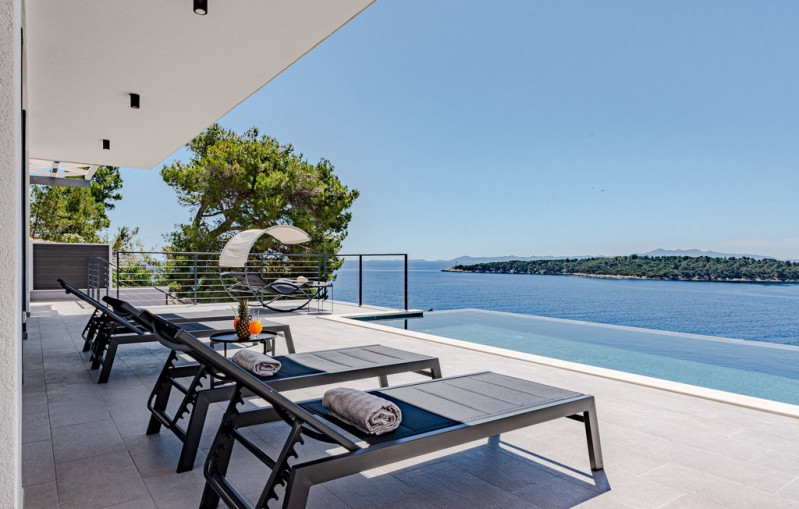
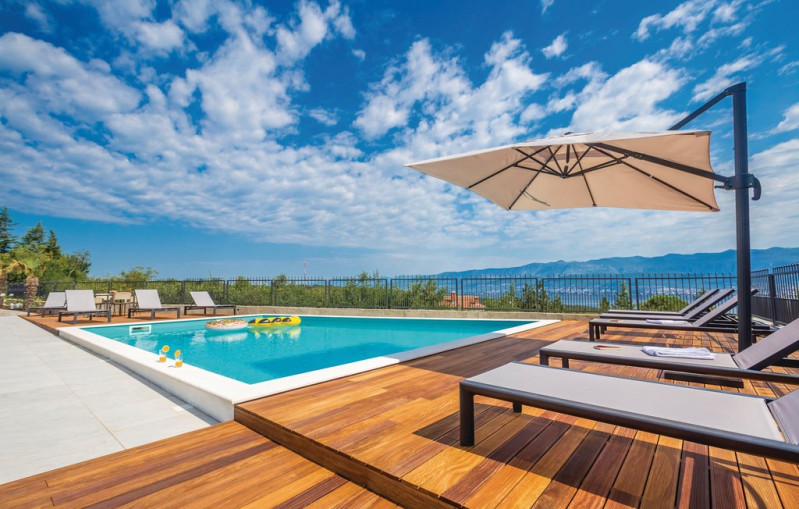
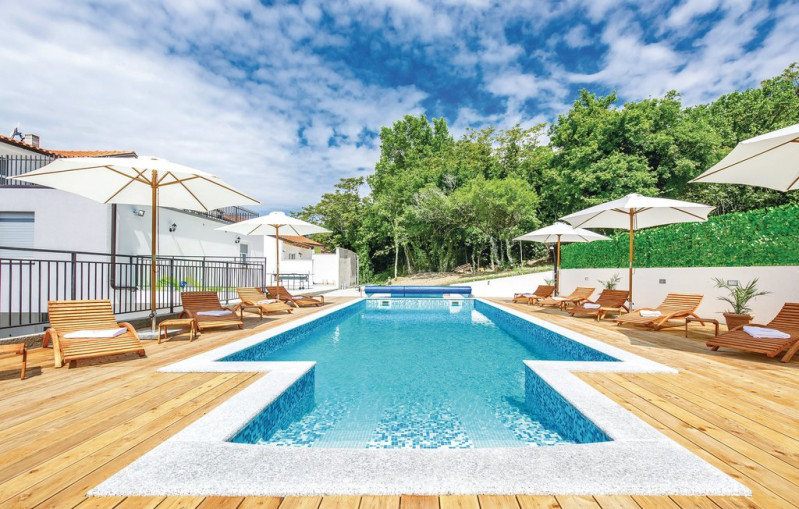
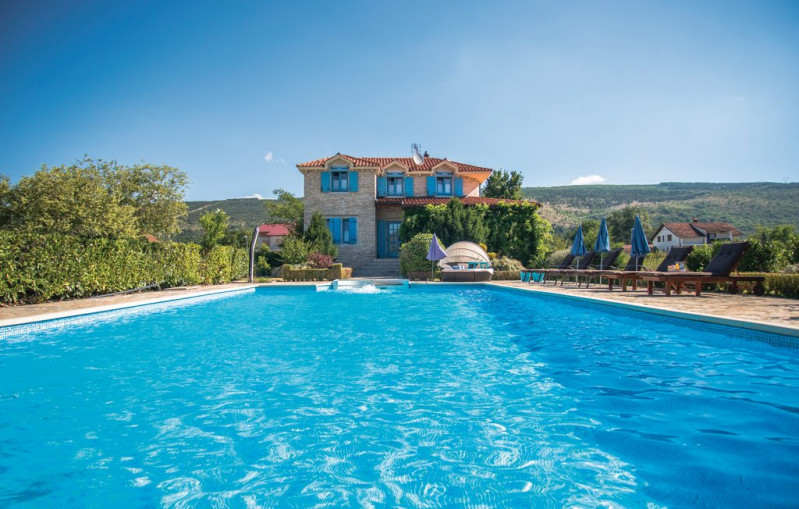
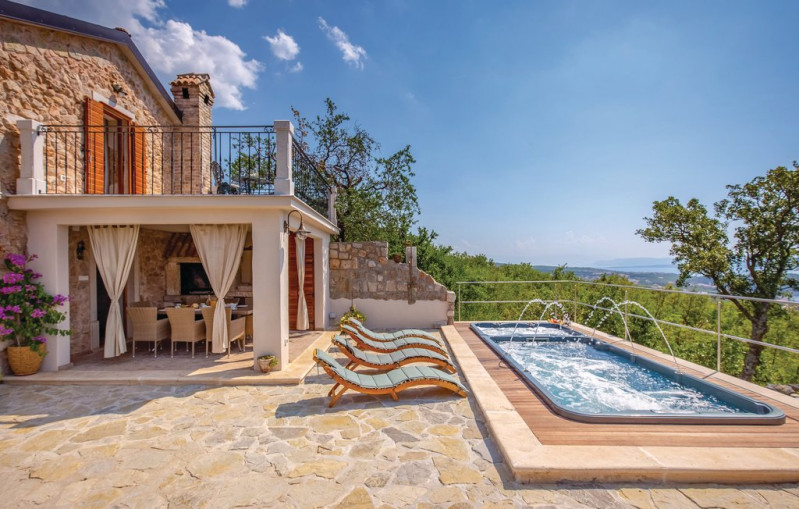
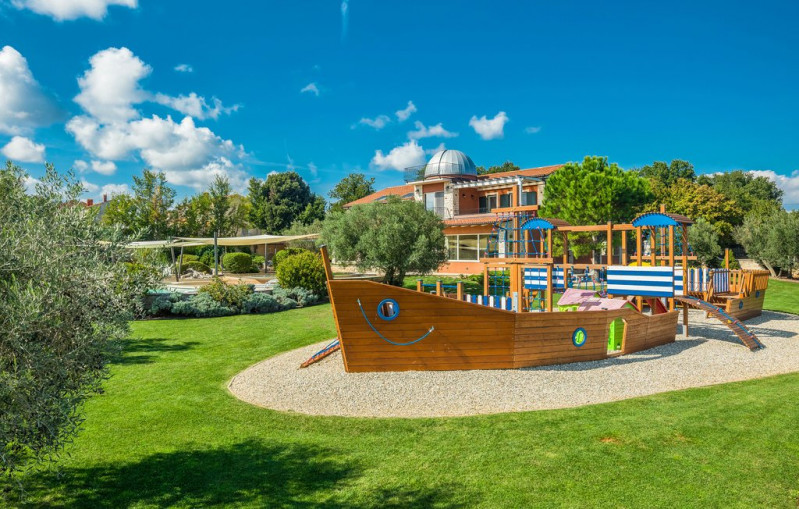

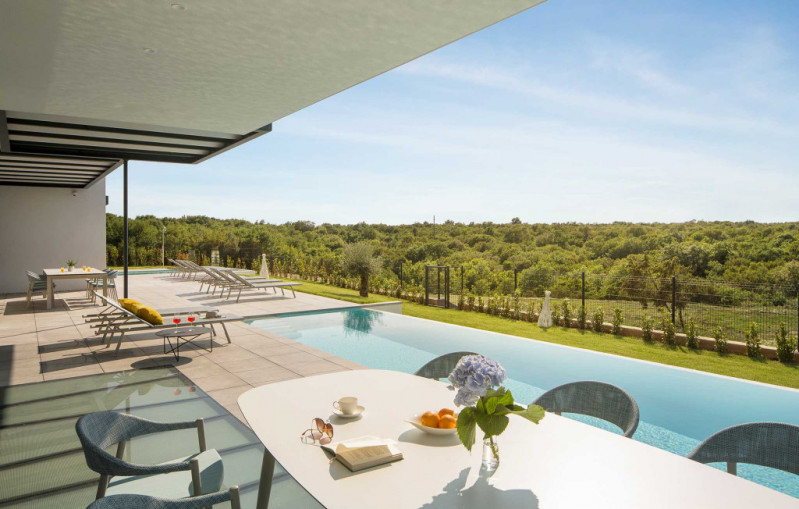
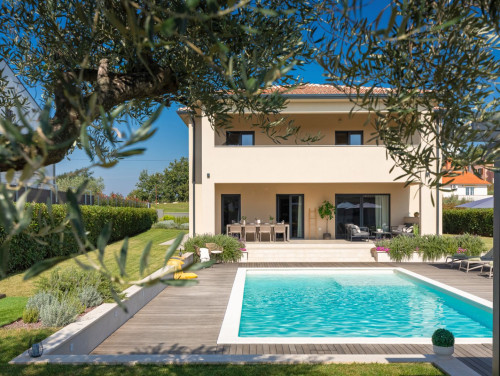
.jpeg)
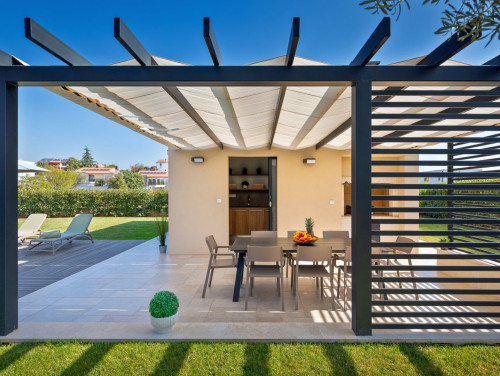

.jpeg)
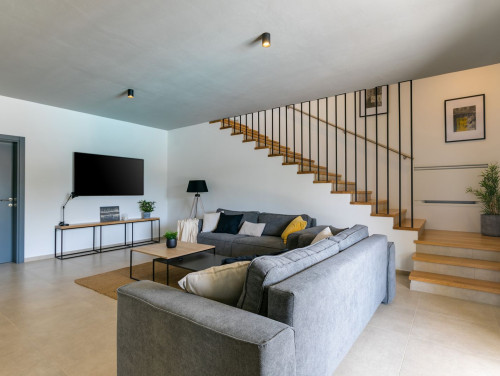
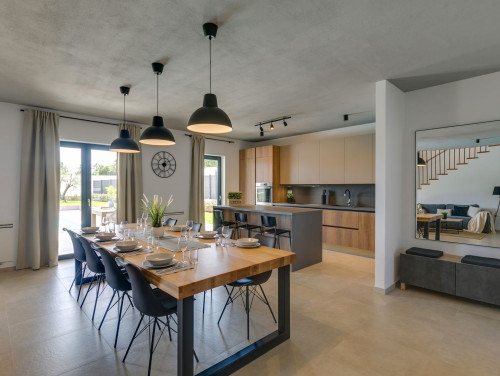
.jpeg)
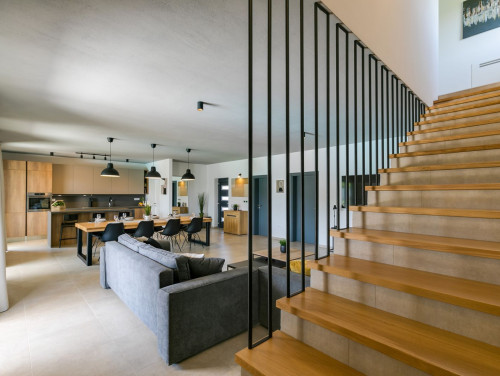
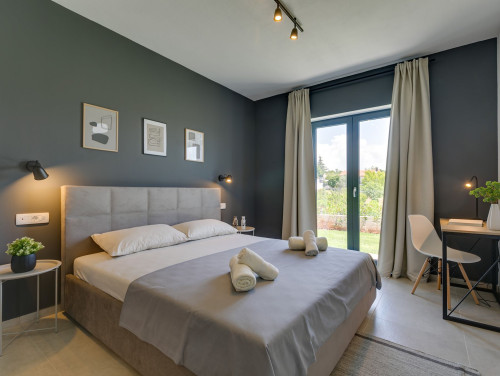
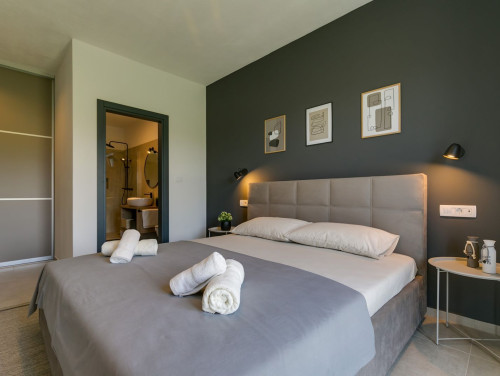
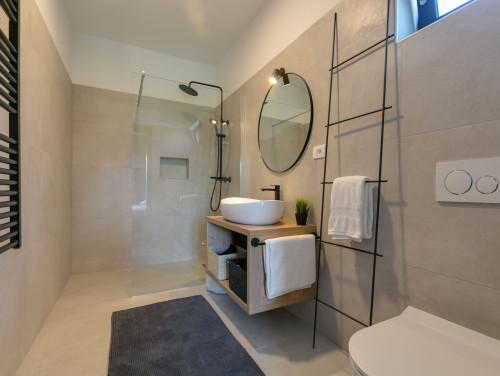
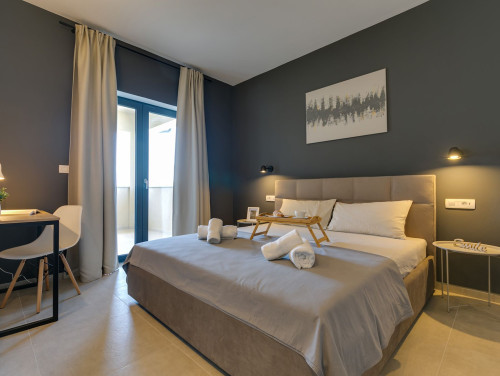
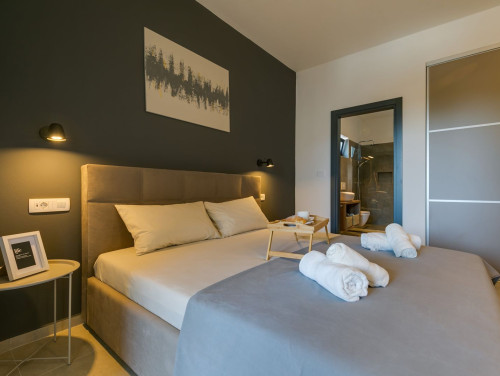
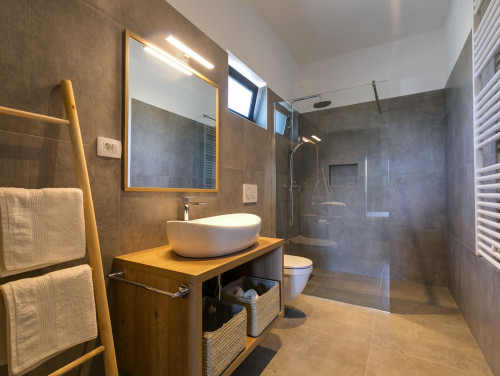
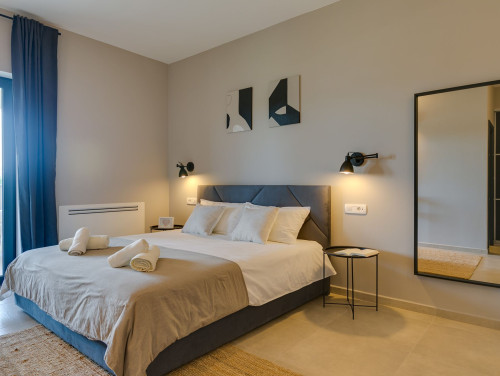
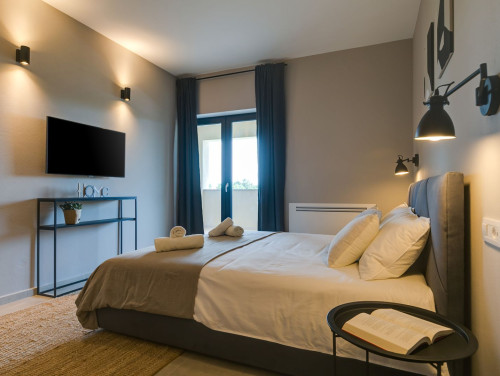
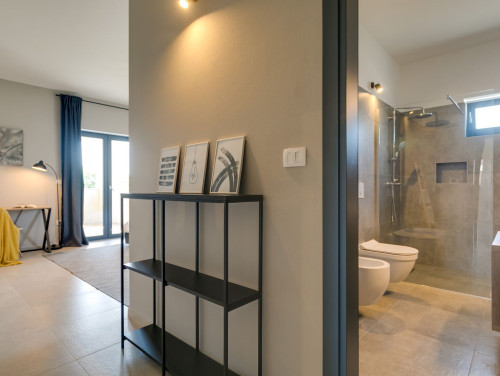
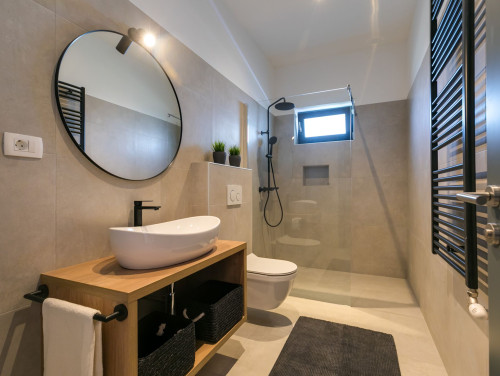

.jpeg)
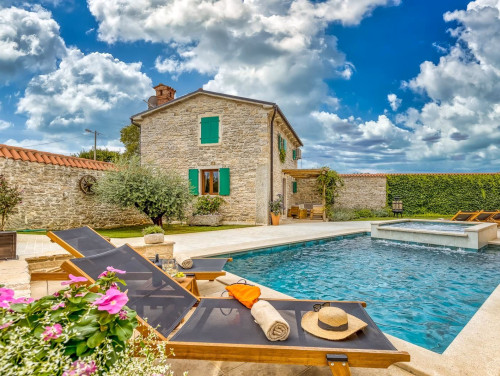
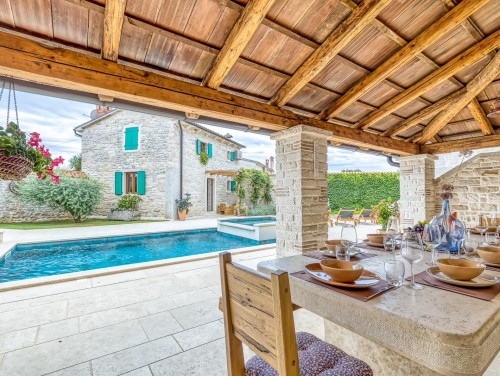
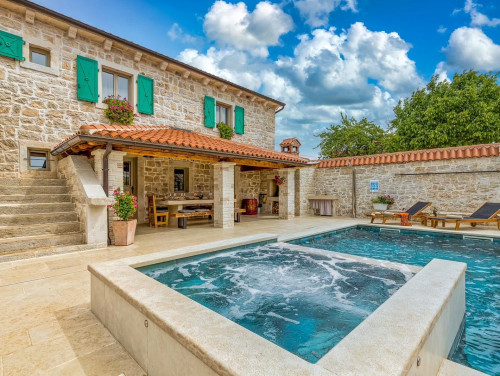
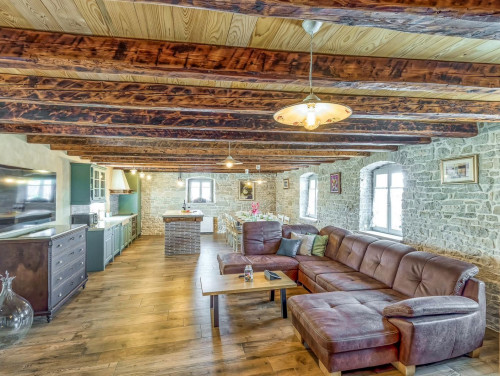

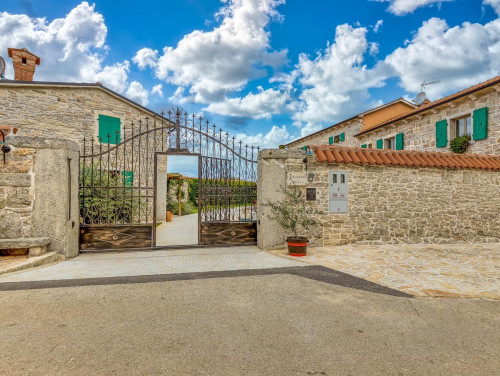
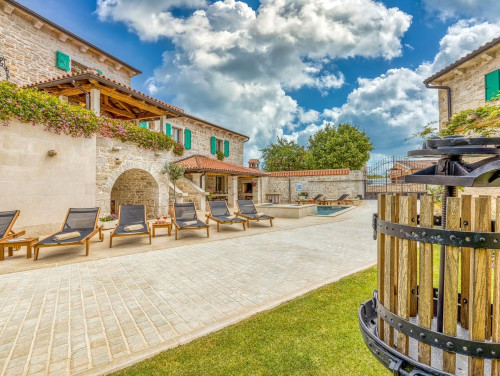
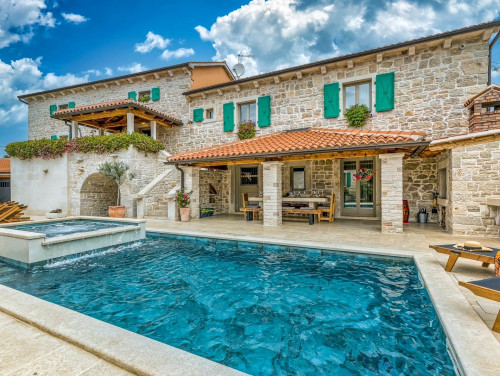
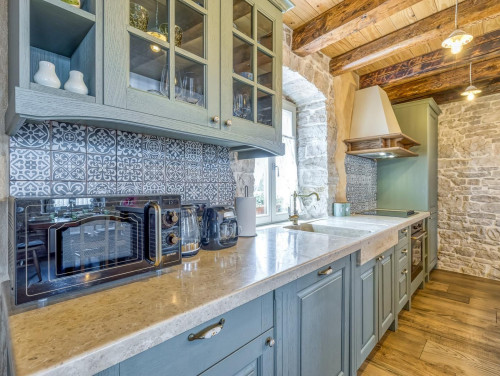
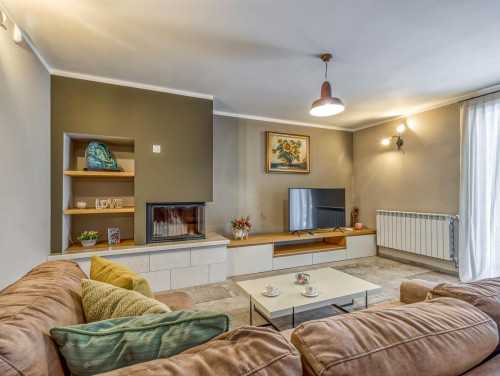
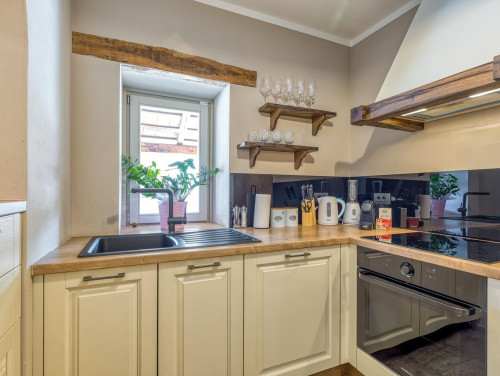
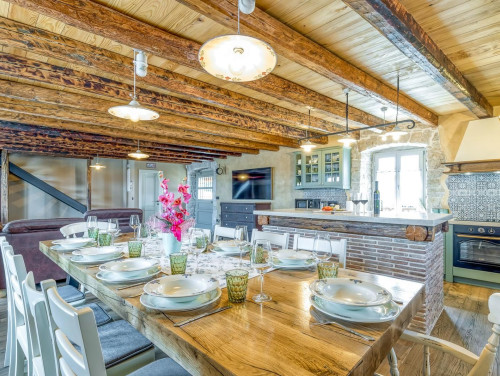
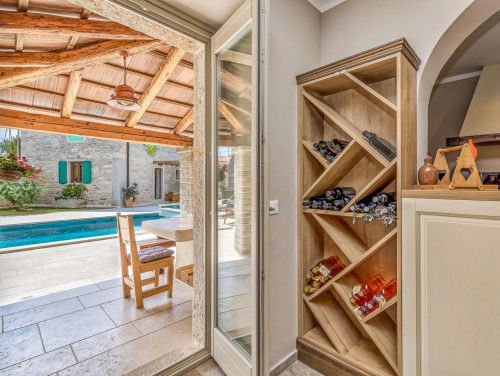
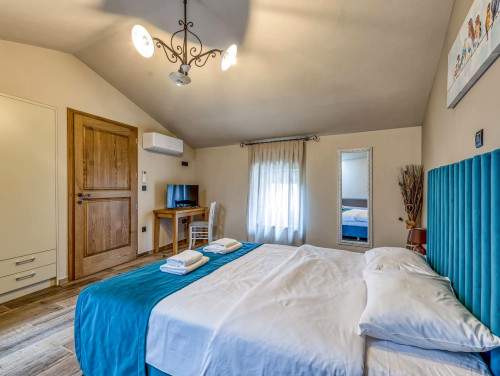
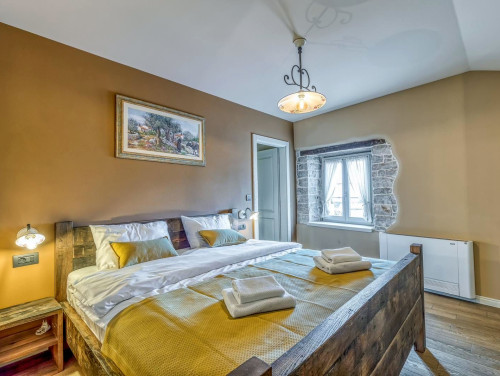
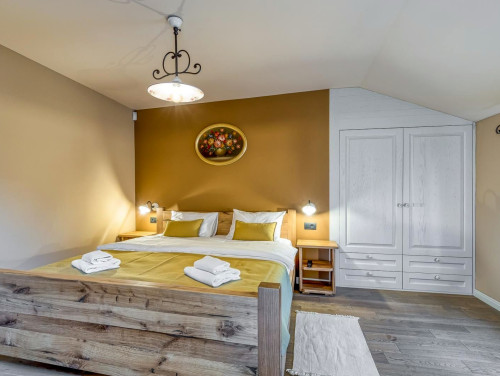
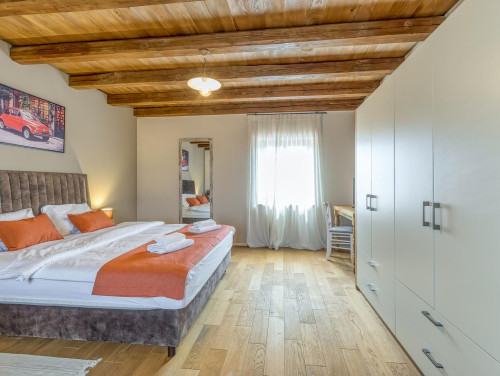
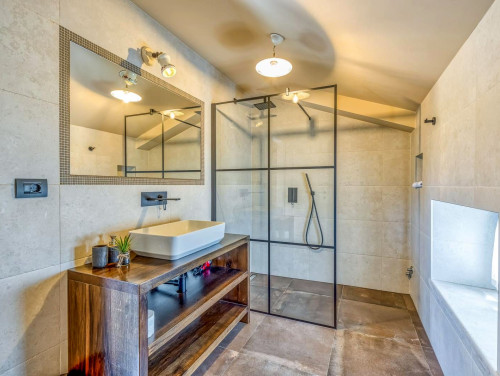
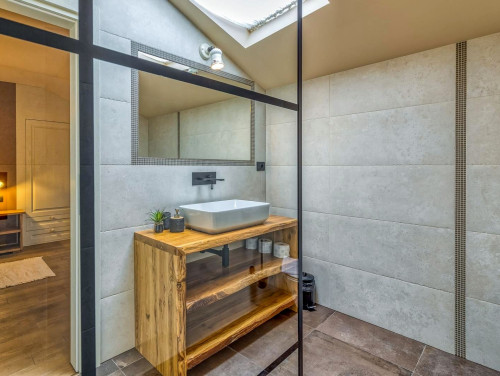
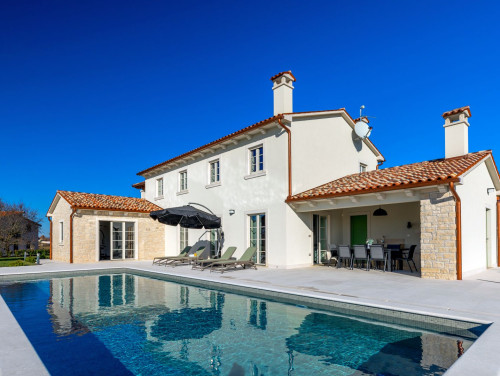

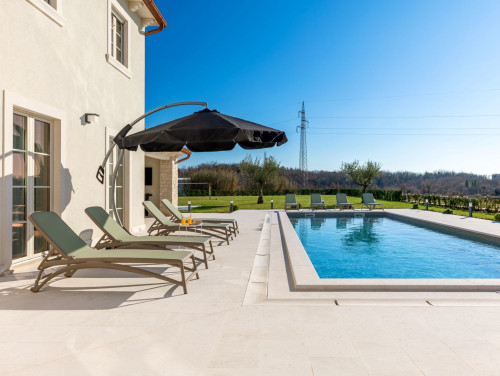
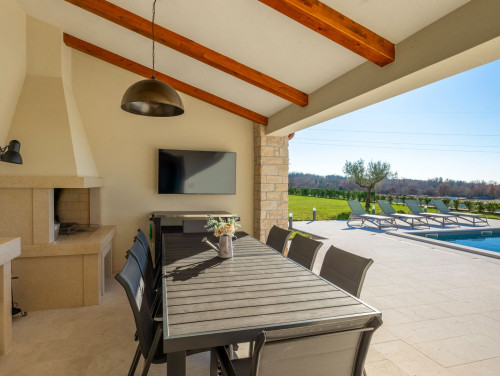
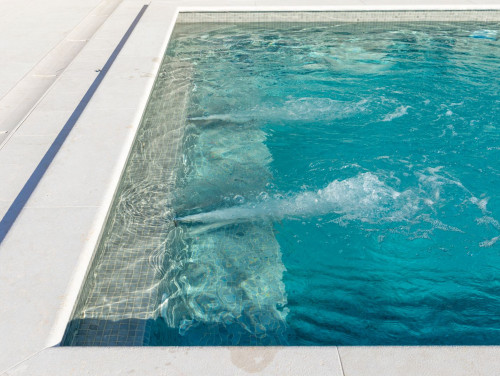

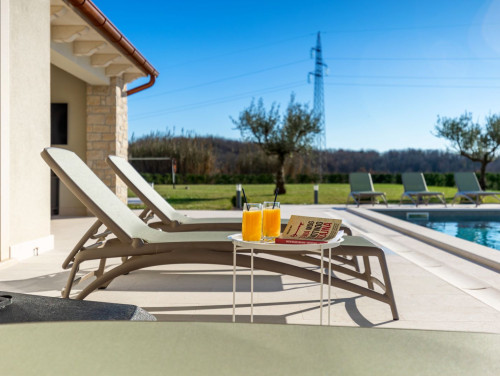
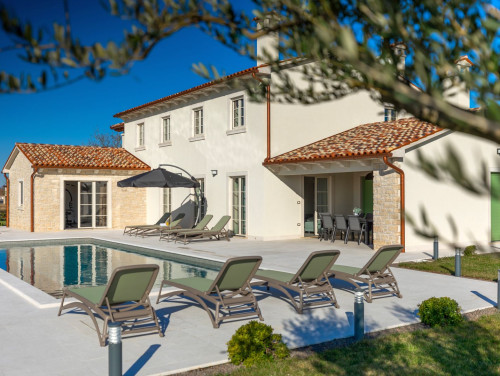
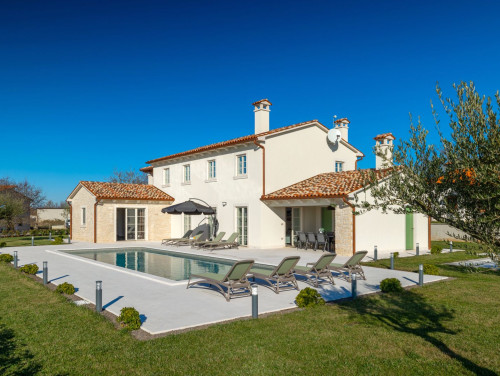
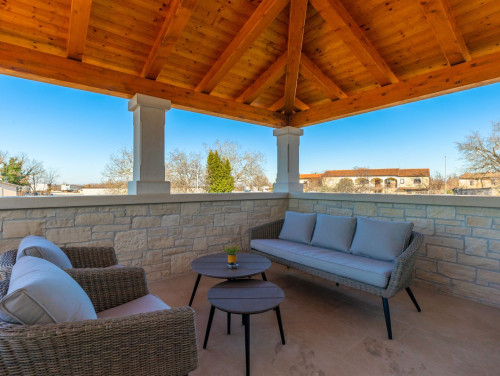
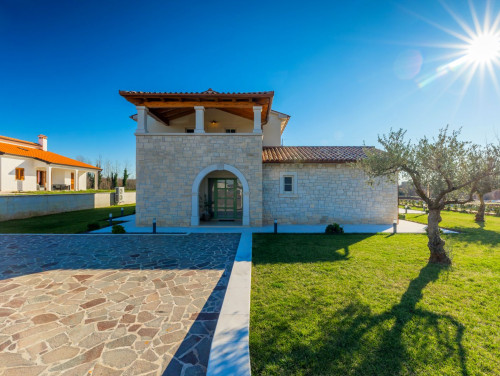
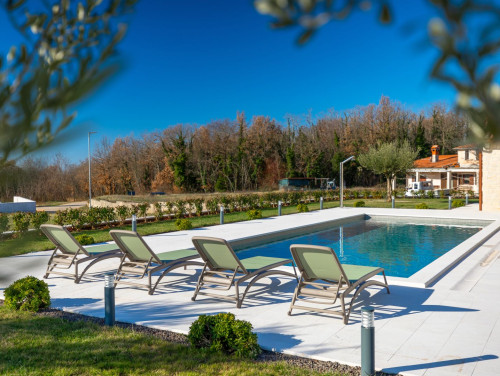

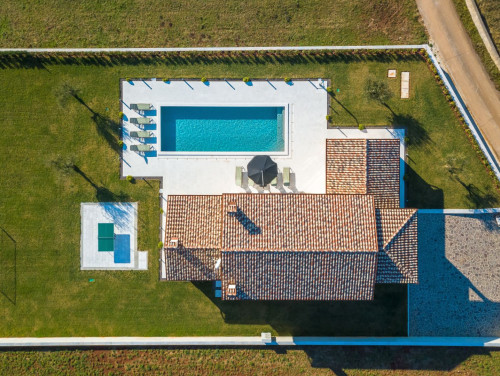
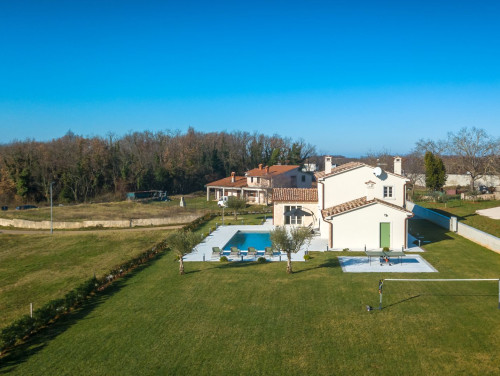
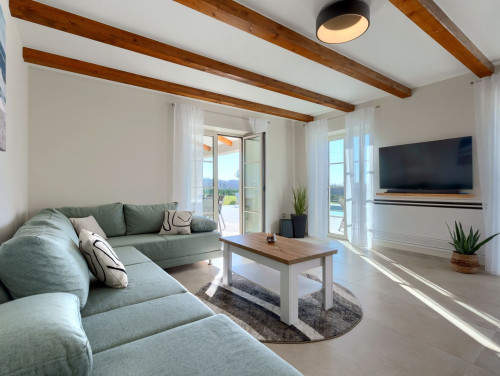
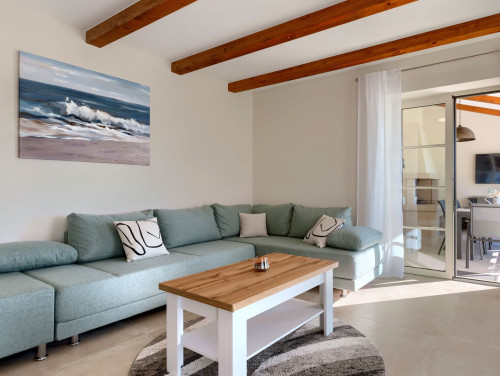
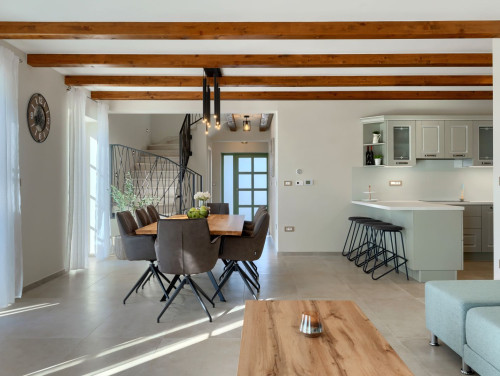
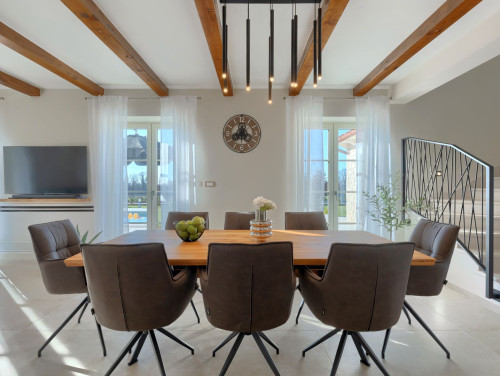

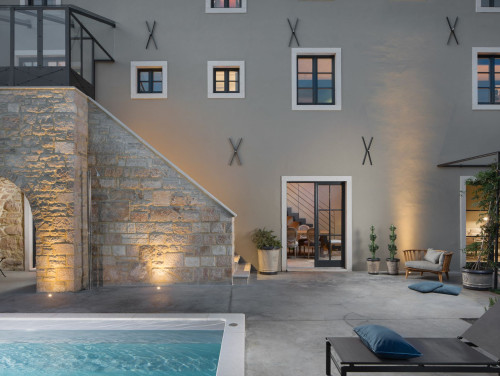
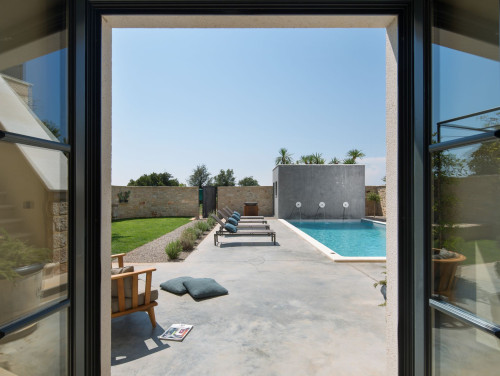
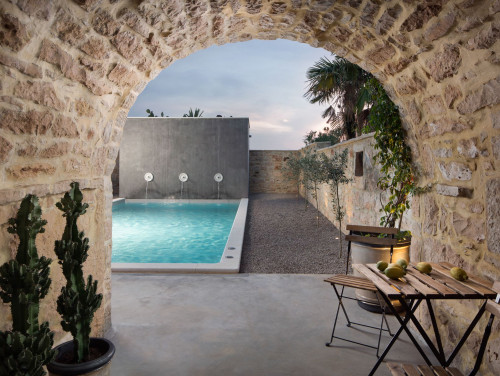
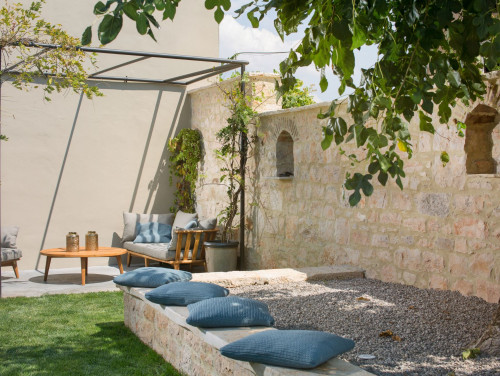
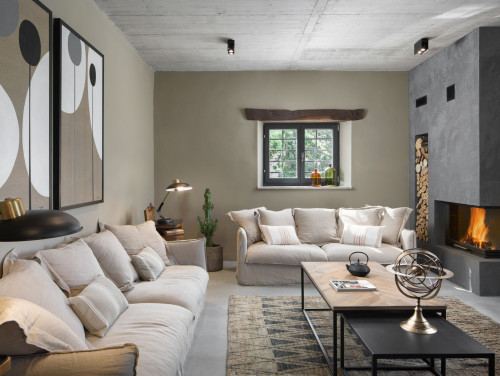
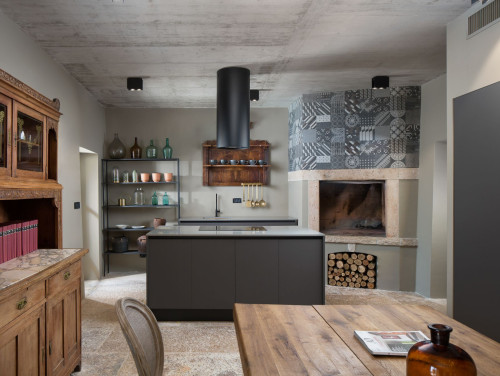
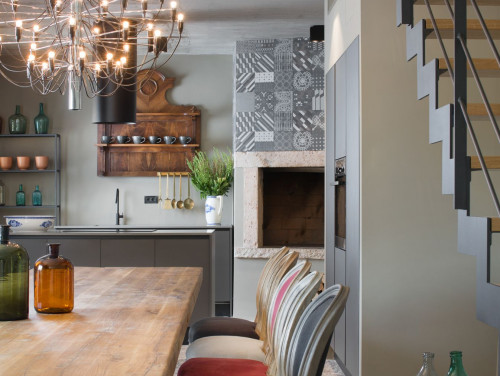
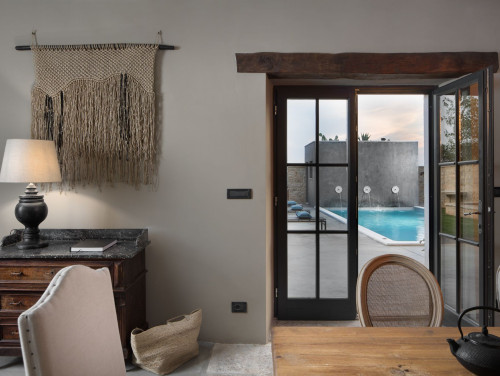
.jpeg)
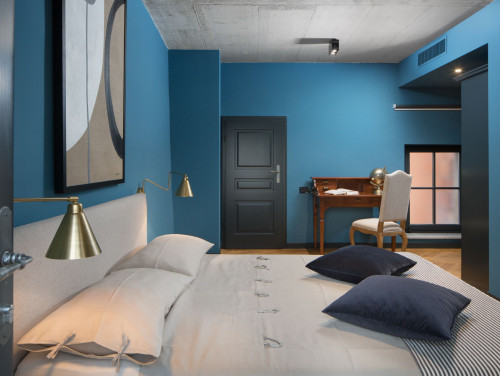
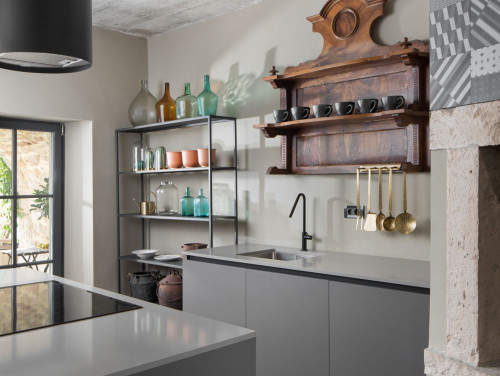
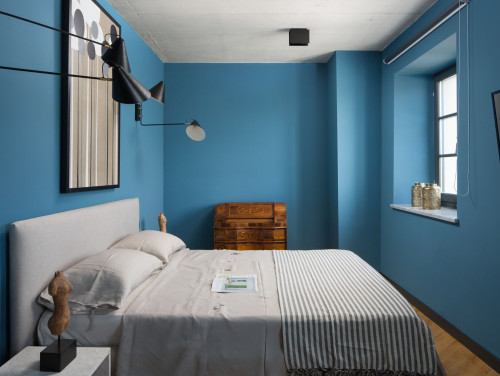
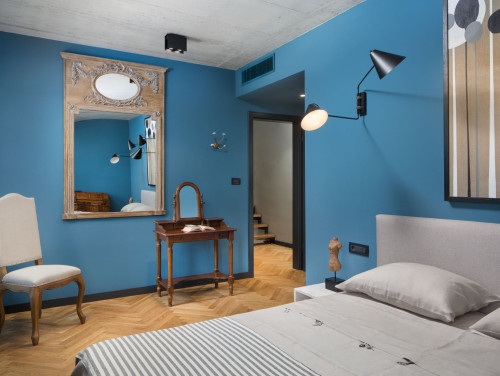
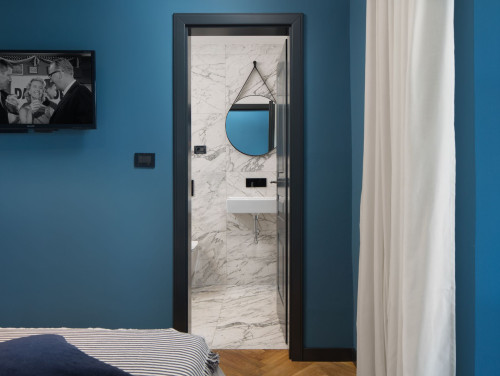
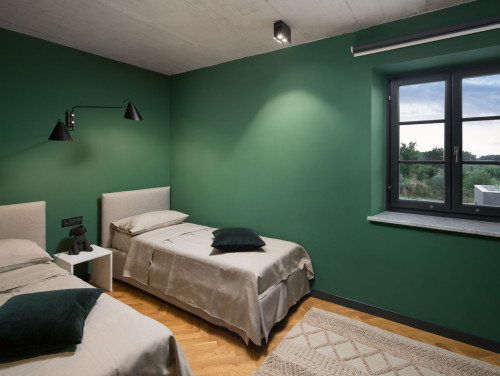

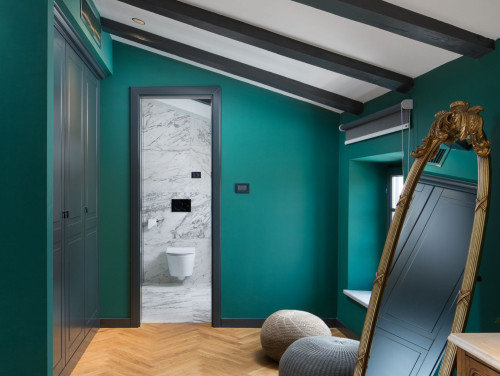

.jpeg)
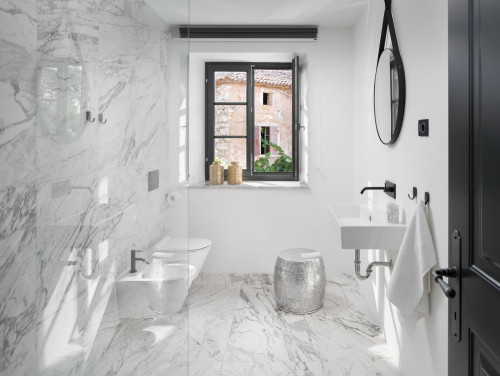




















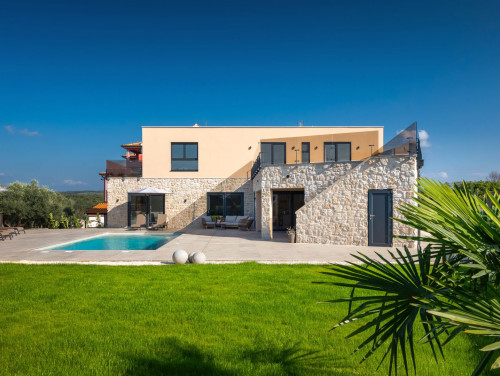
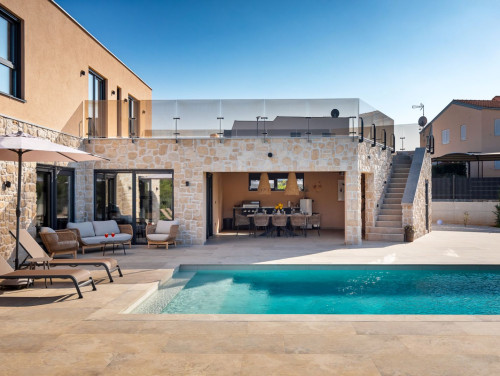

.jpeg)
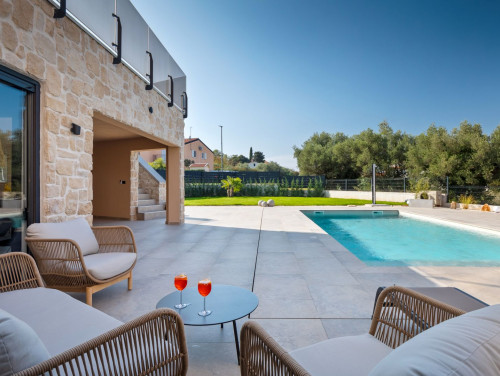
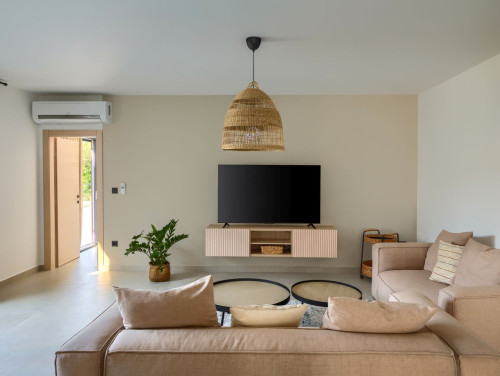
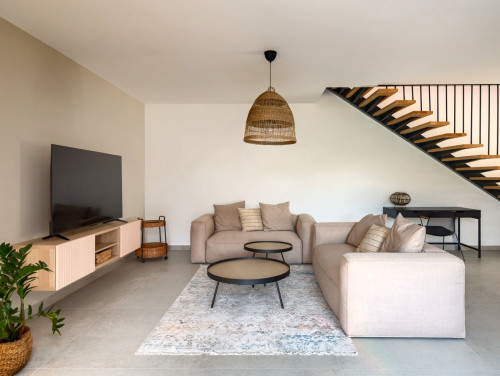

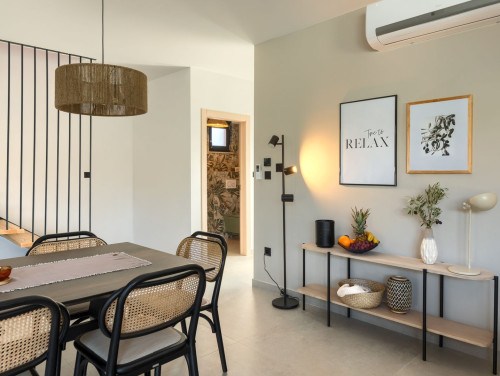
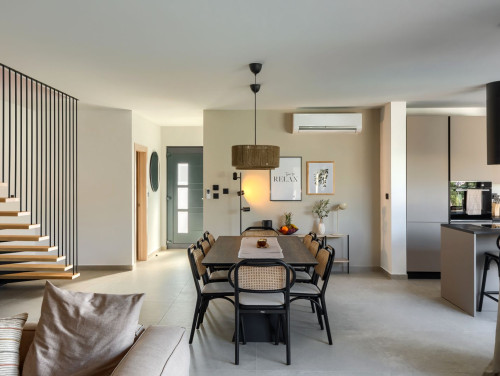
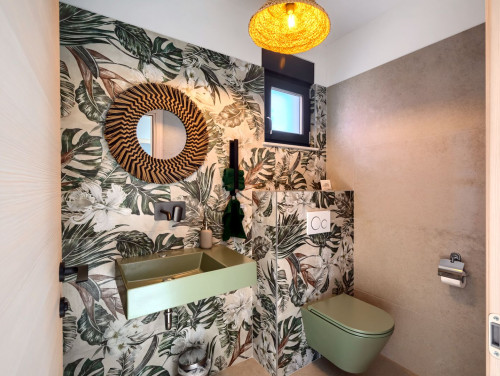
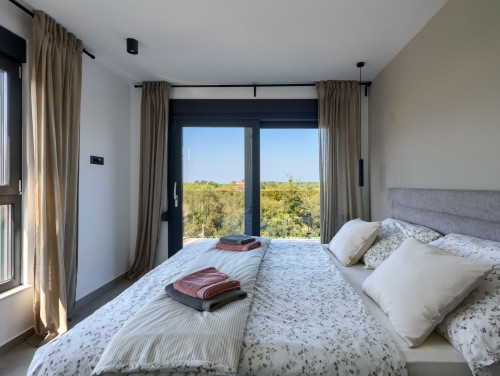
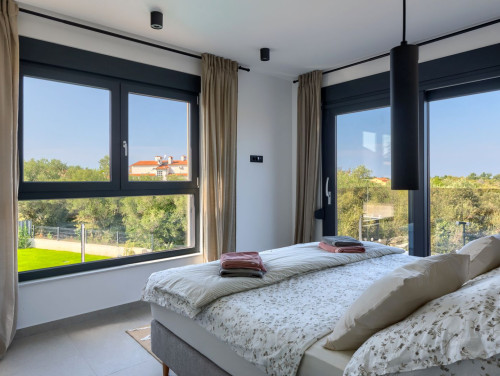

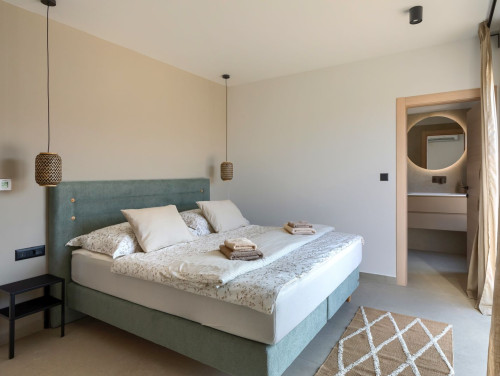
.jpeg)
.jpeg)
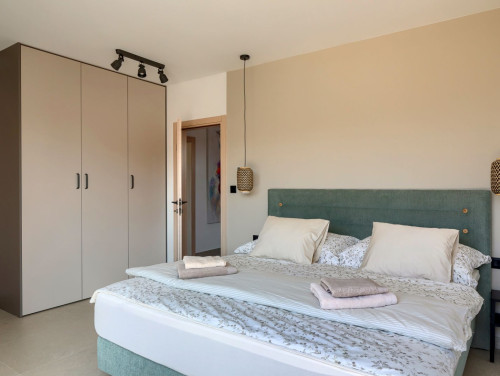
(2).jpeg)
.jpeg)
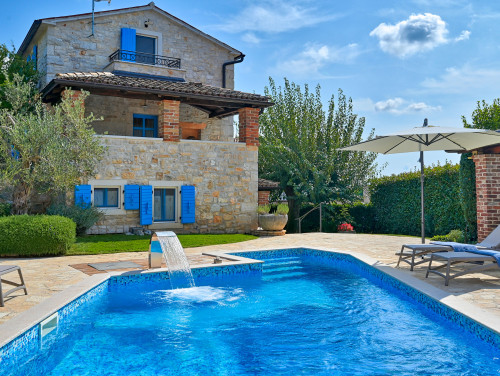
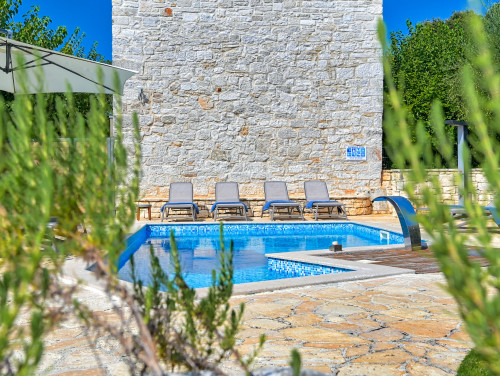
.jpeg)
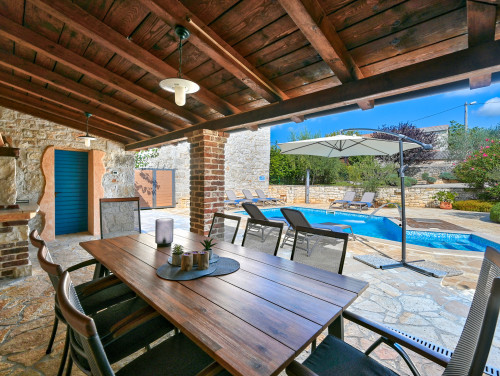
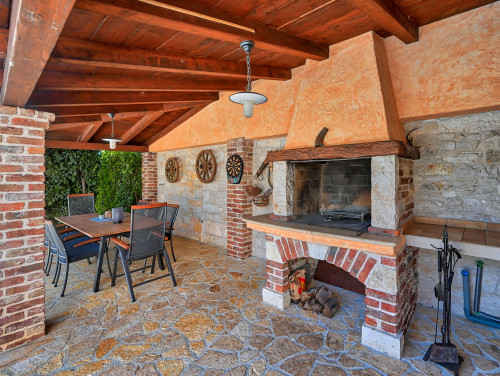
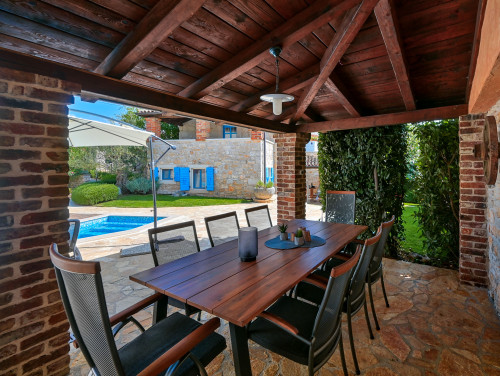
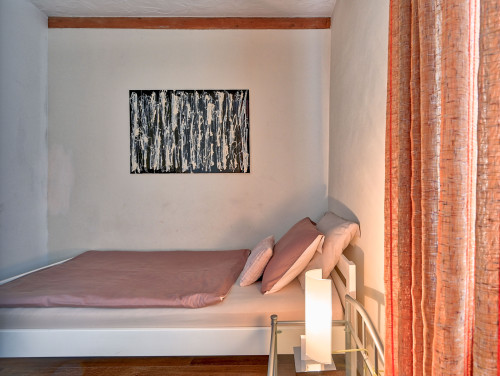
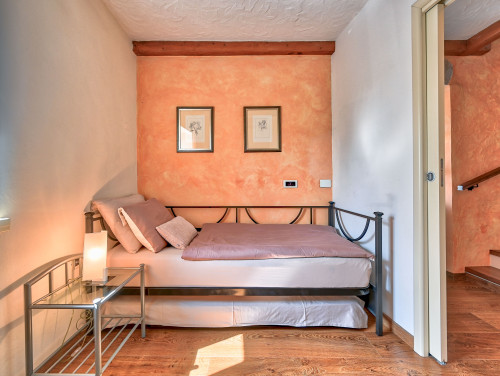
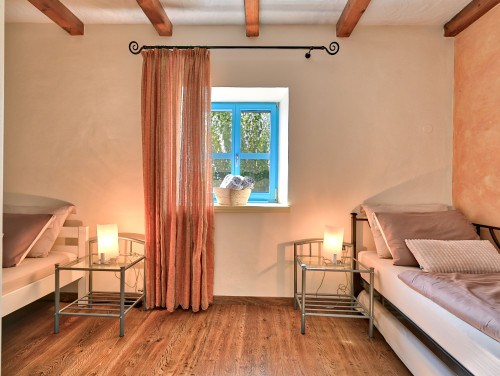
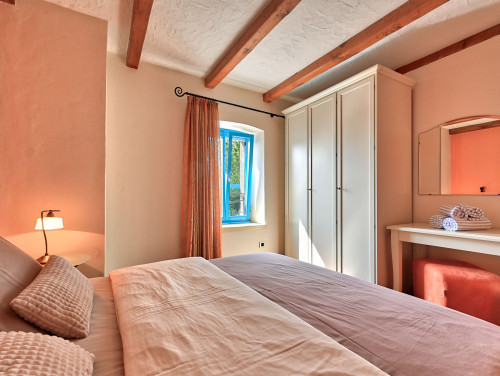
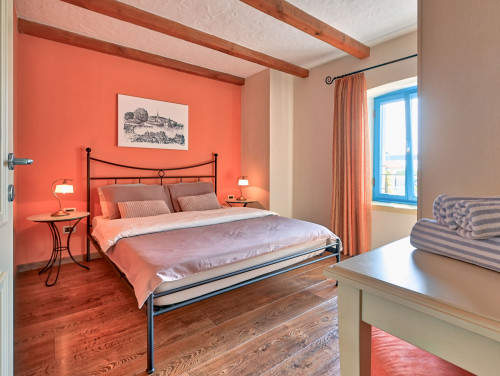
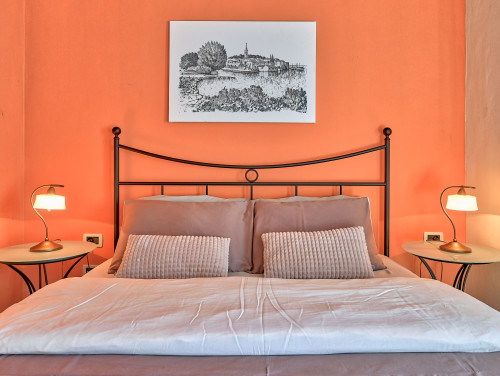
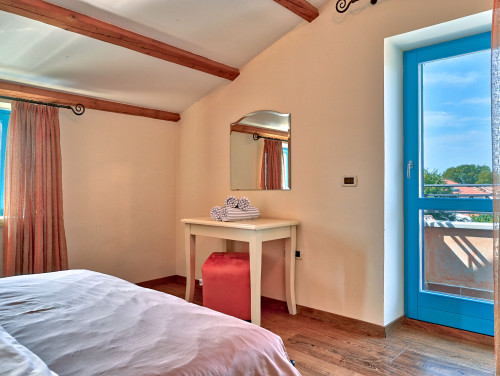
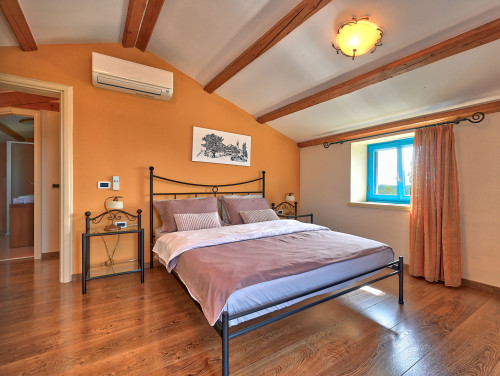
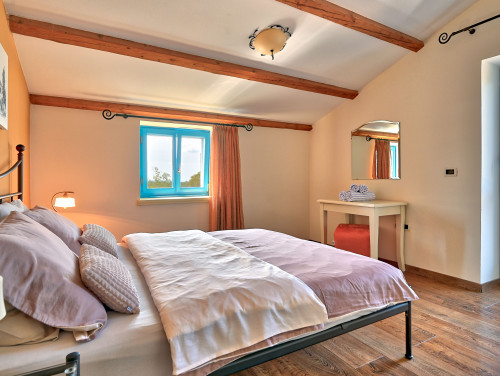
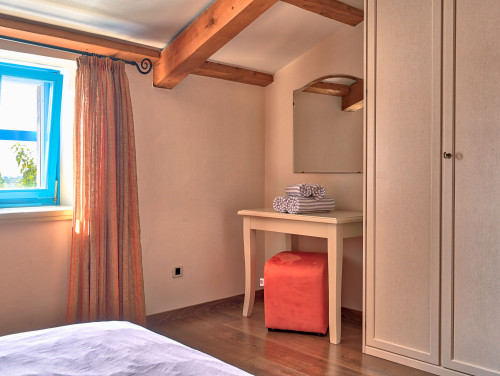
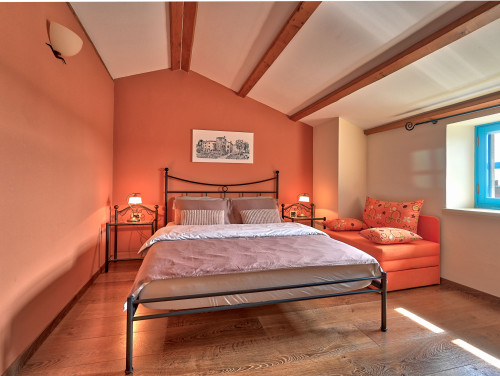

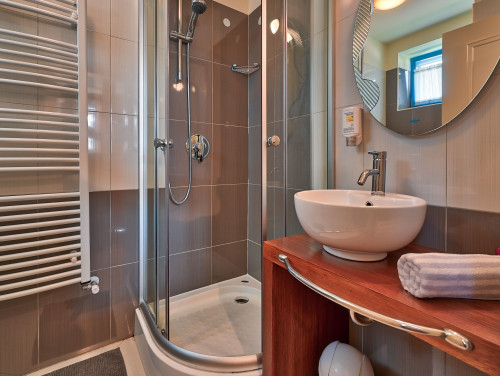
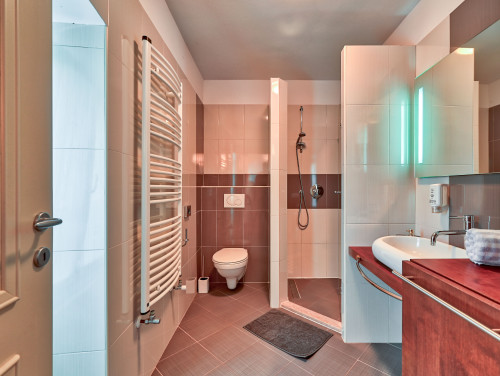
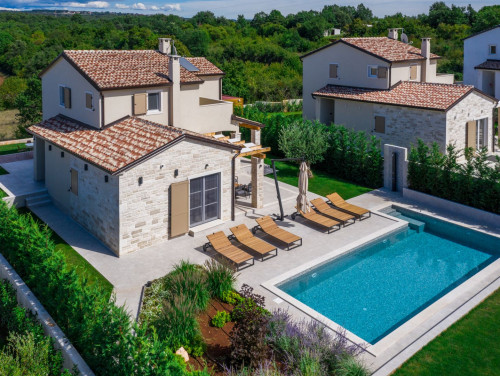
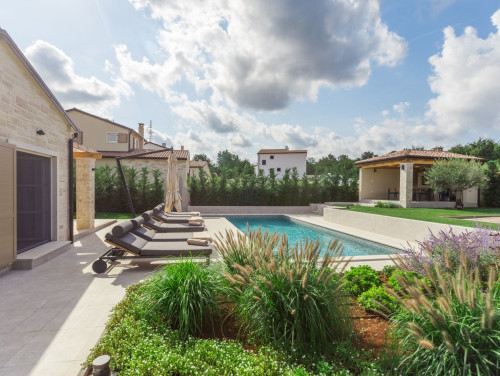
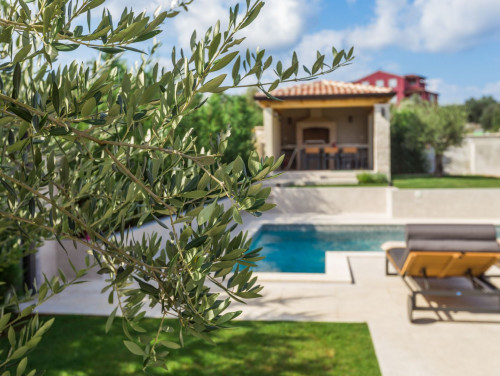
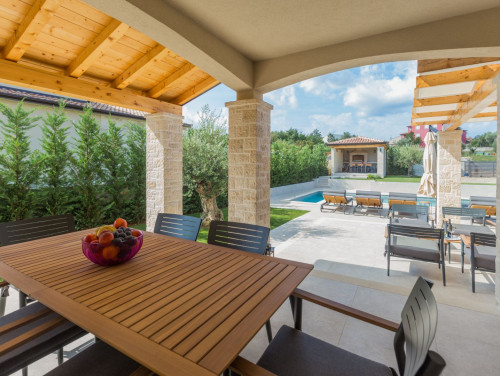
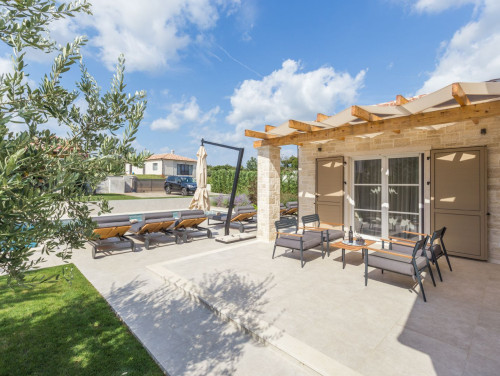
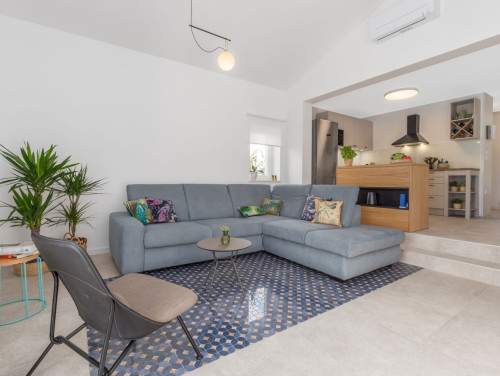
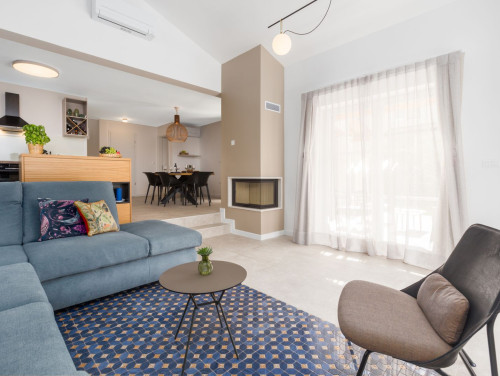
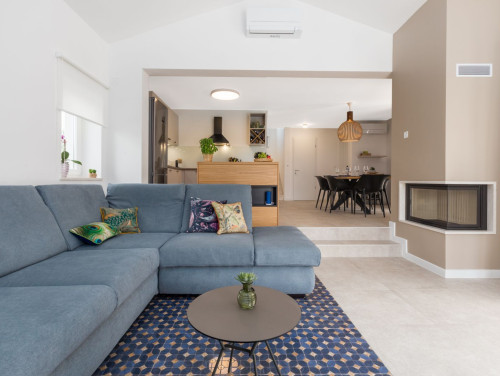
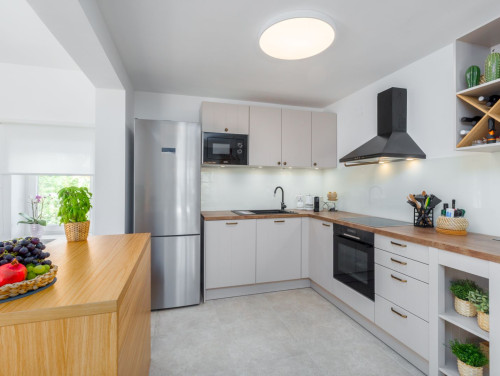
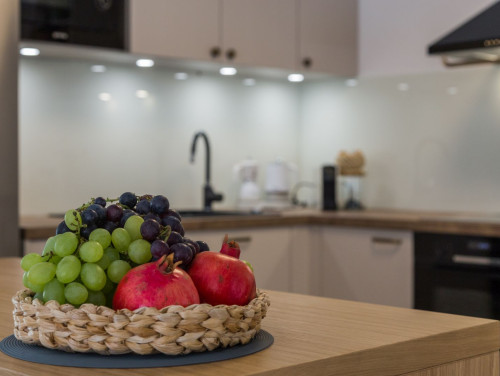
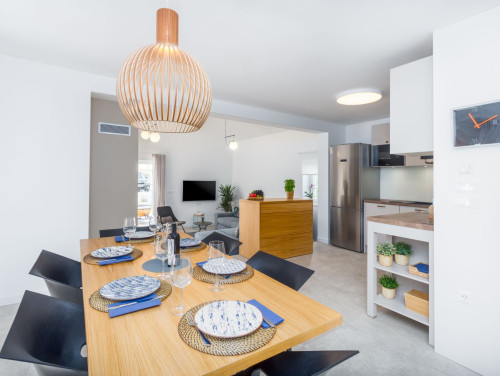
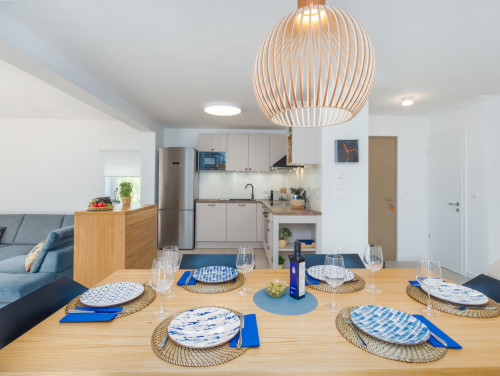
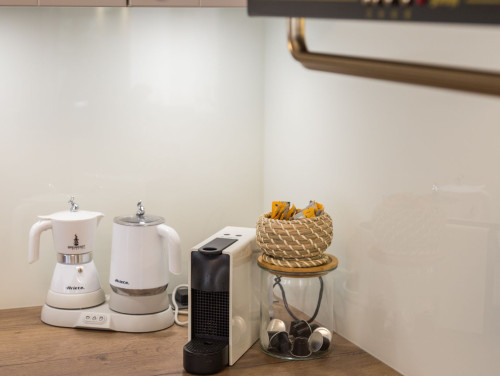
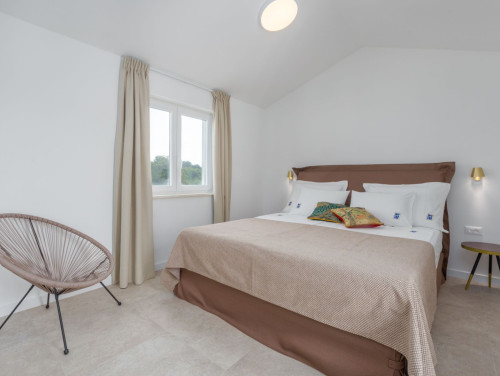
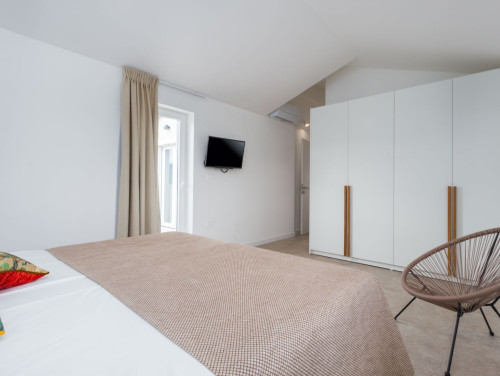

.jpeg)
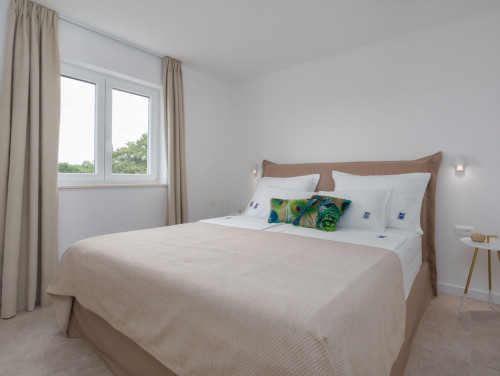
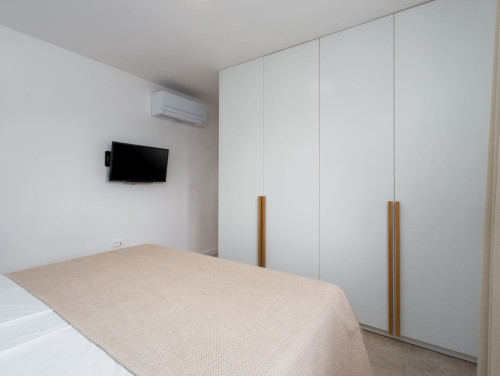
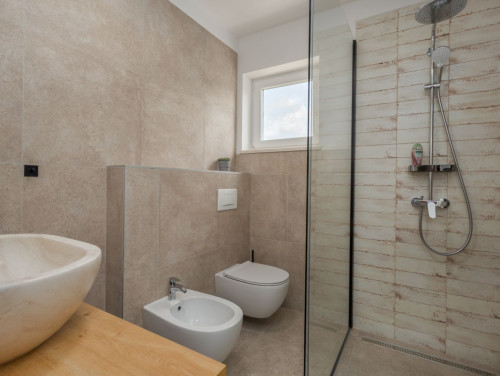
.jpeg)

.jpeg)
.jpeg)
.jpeg)














.jpeg)
